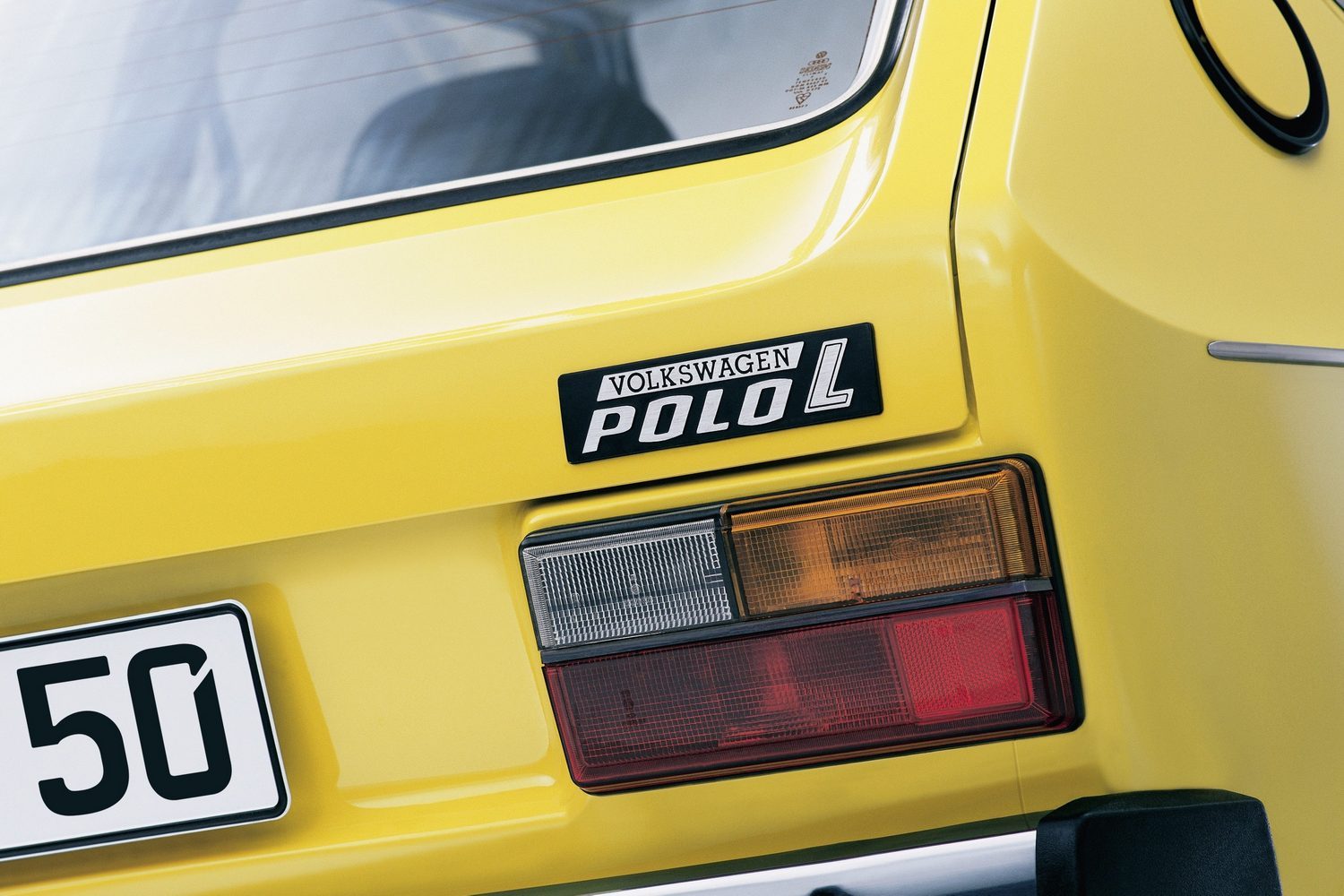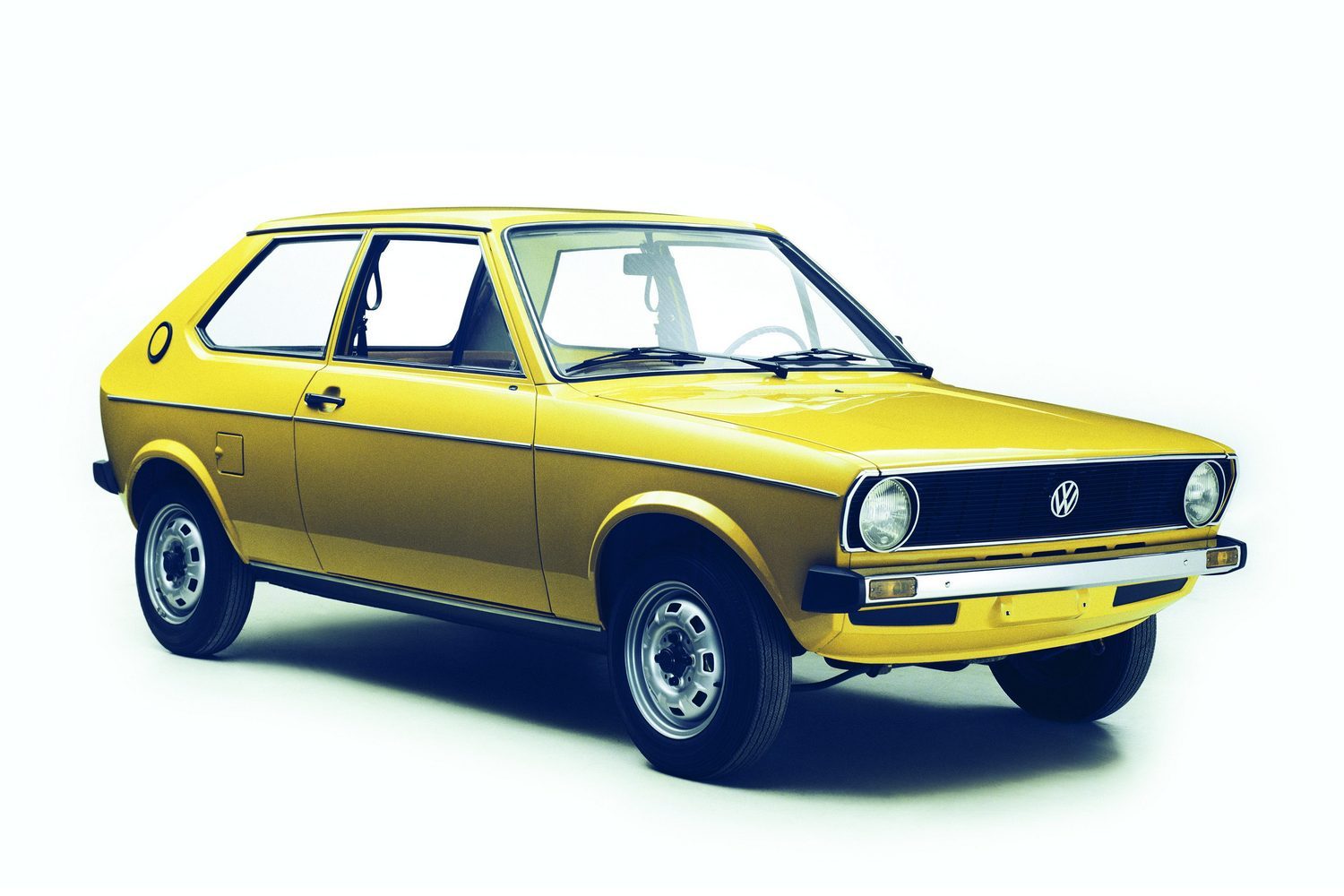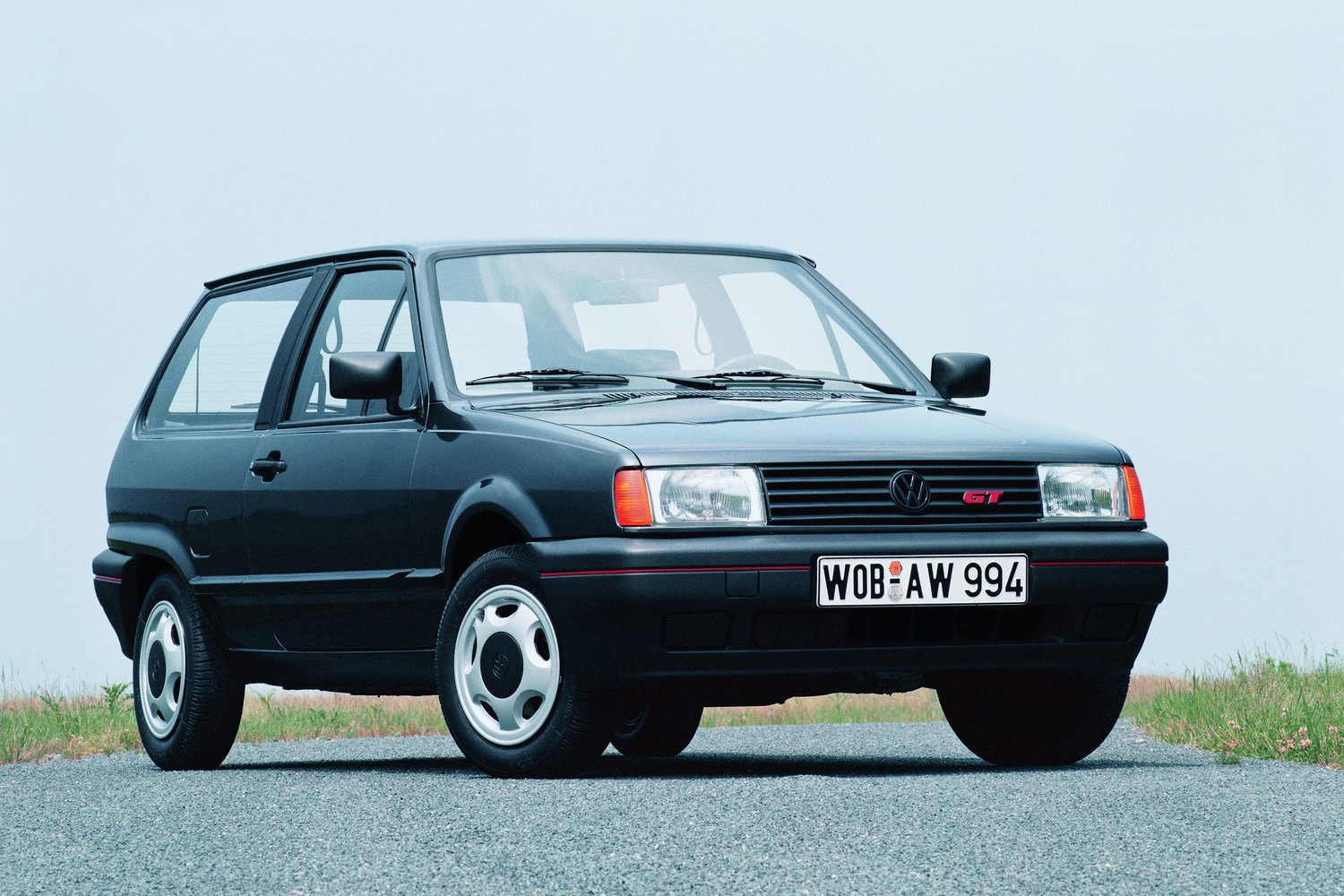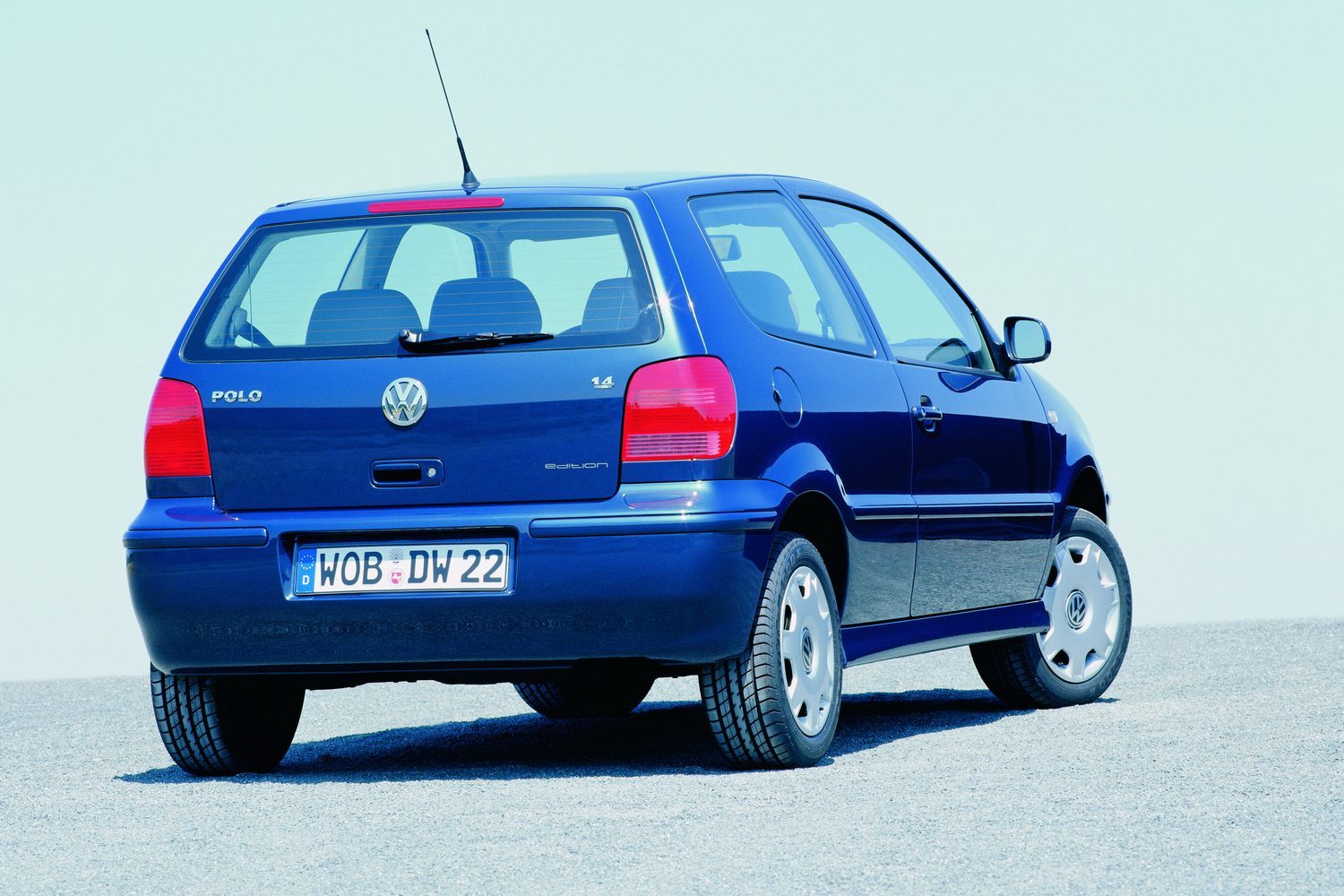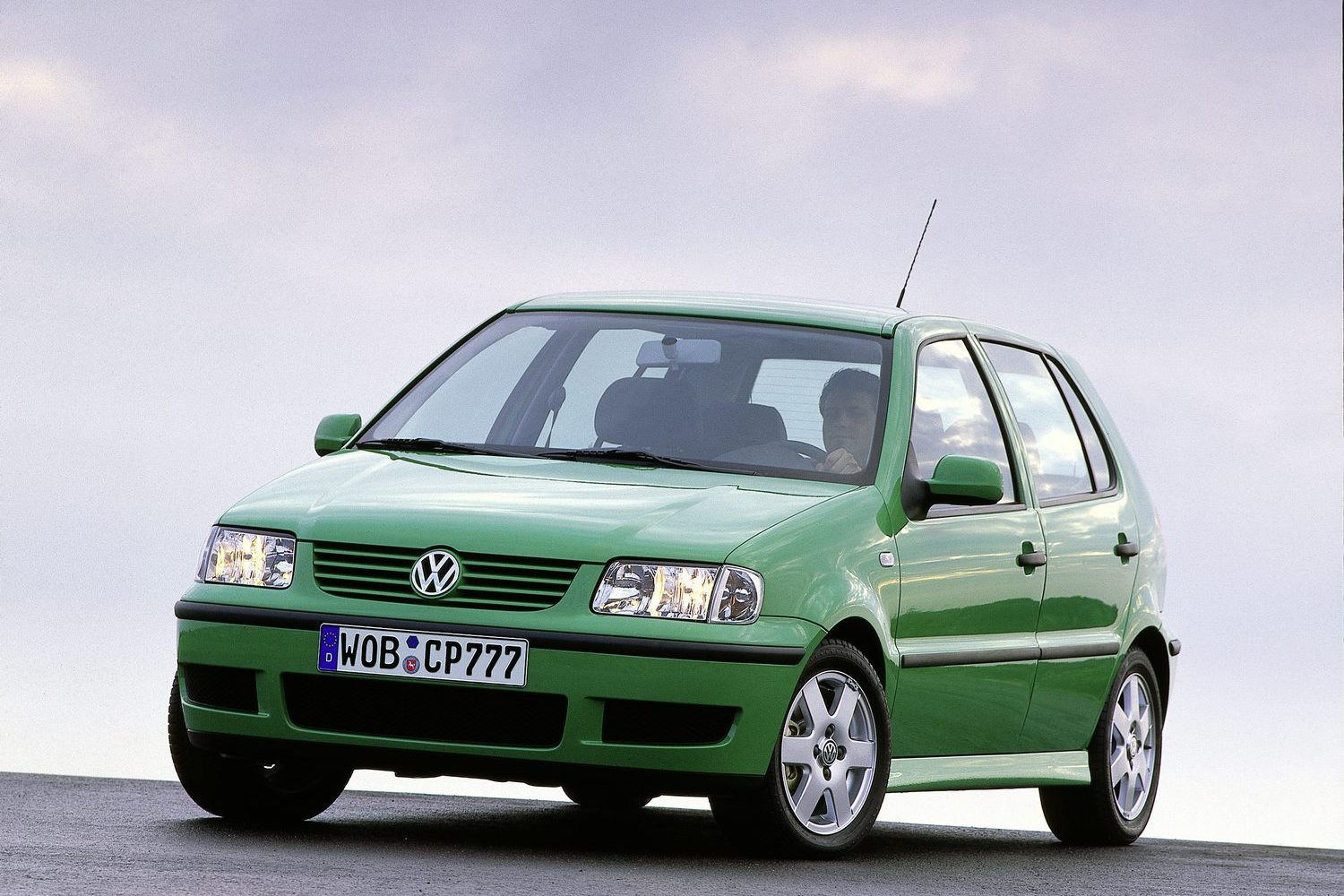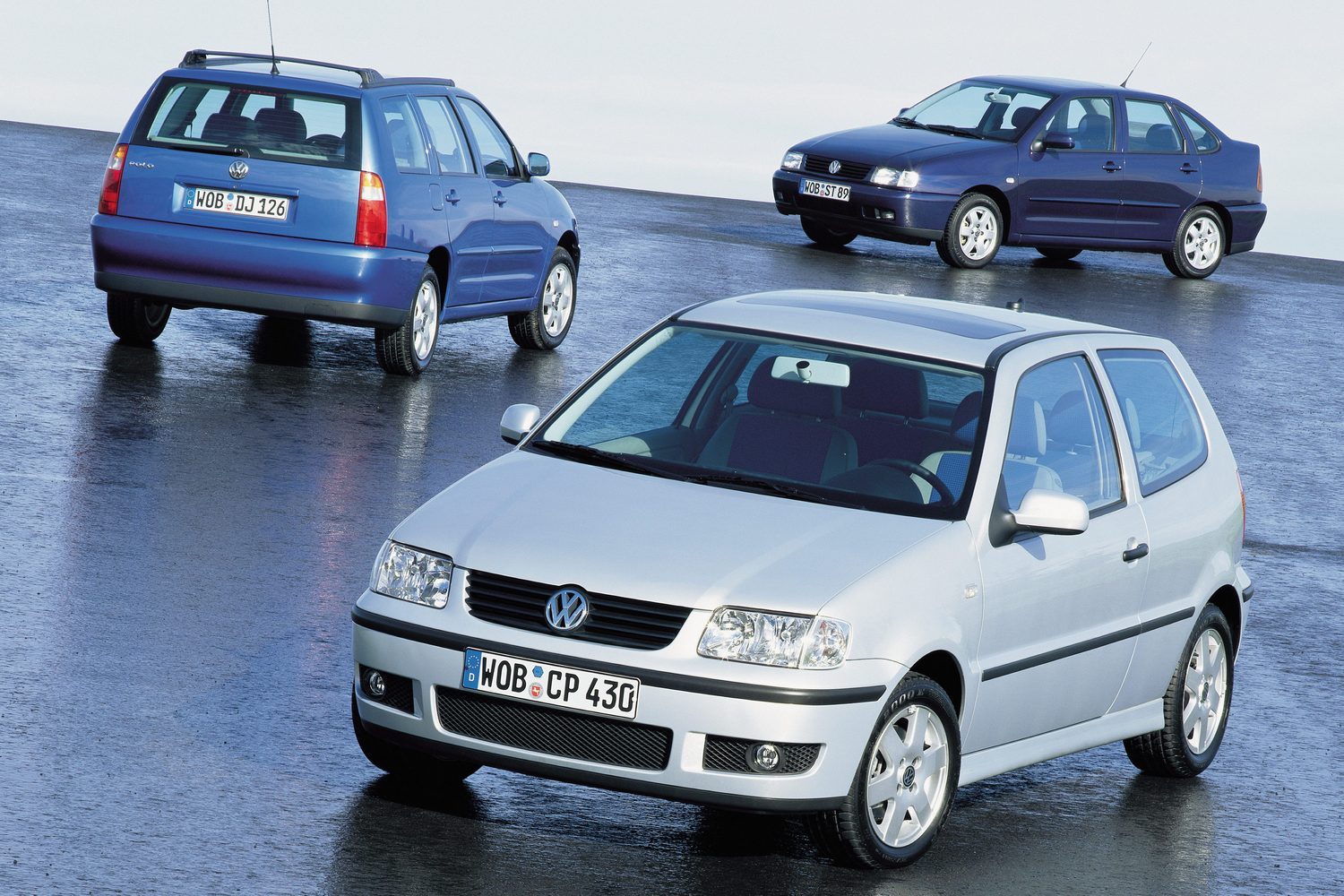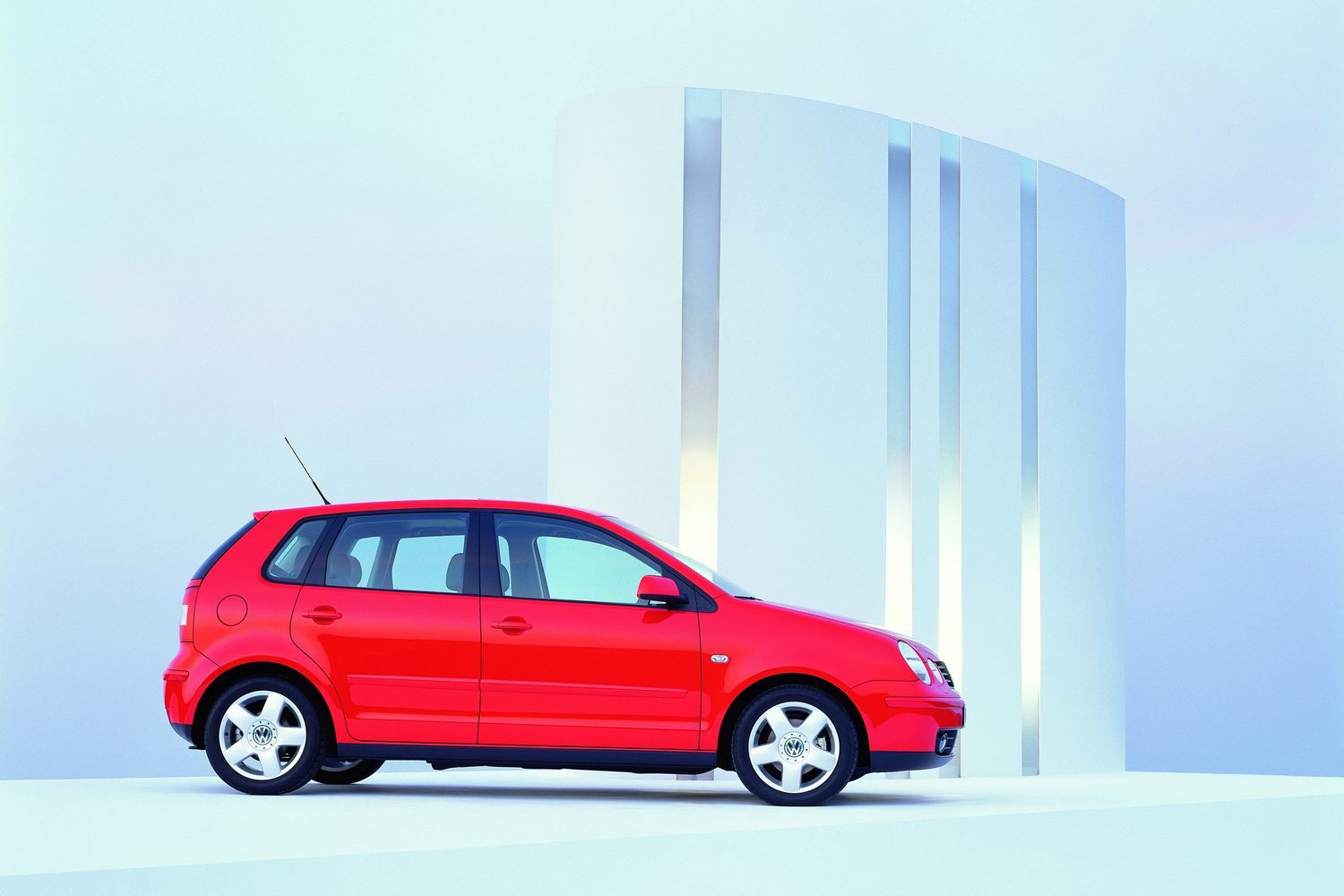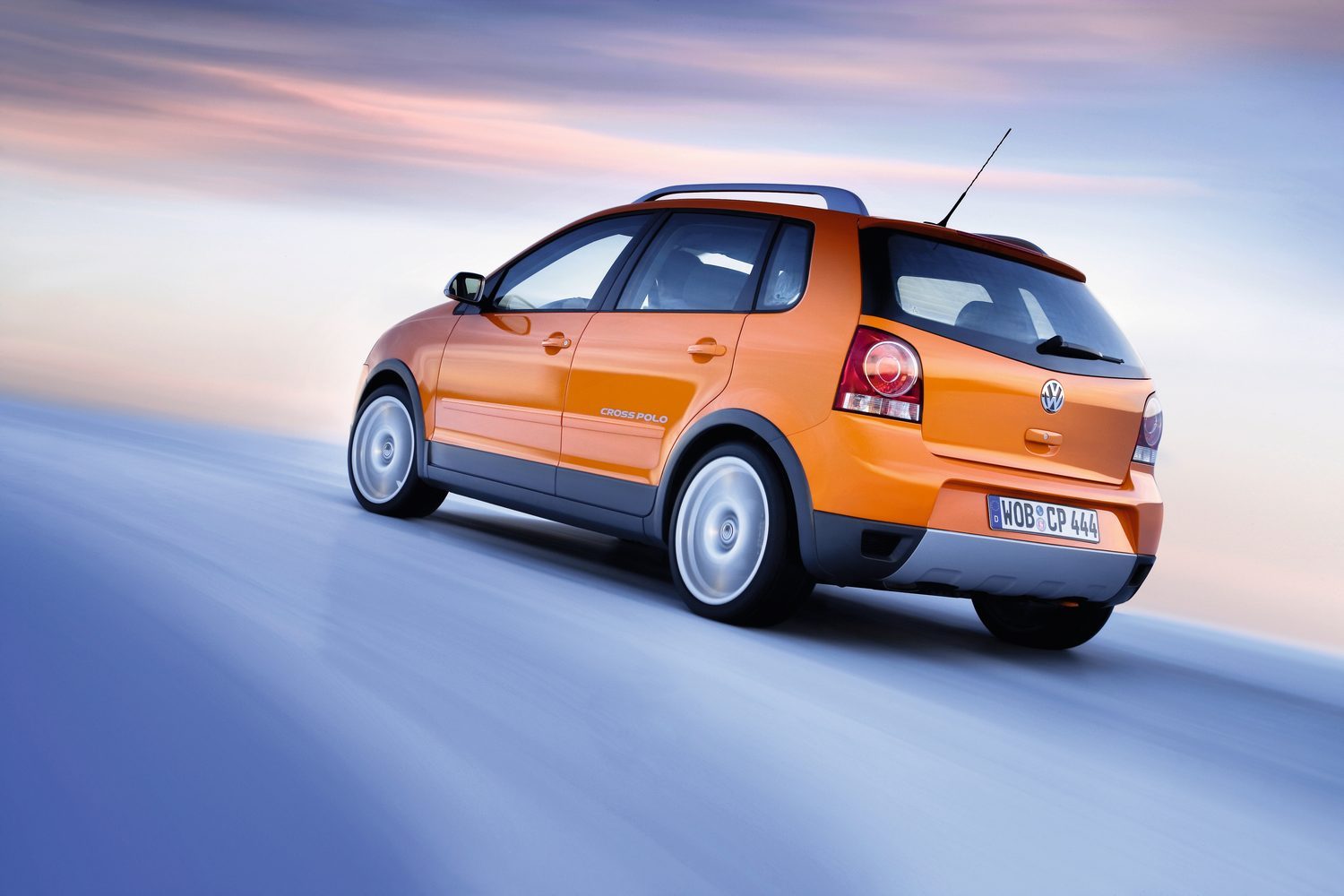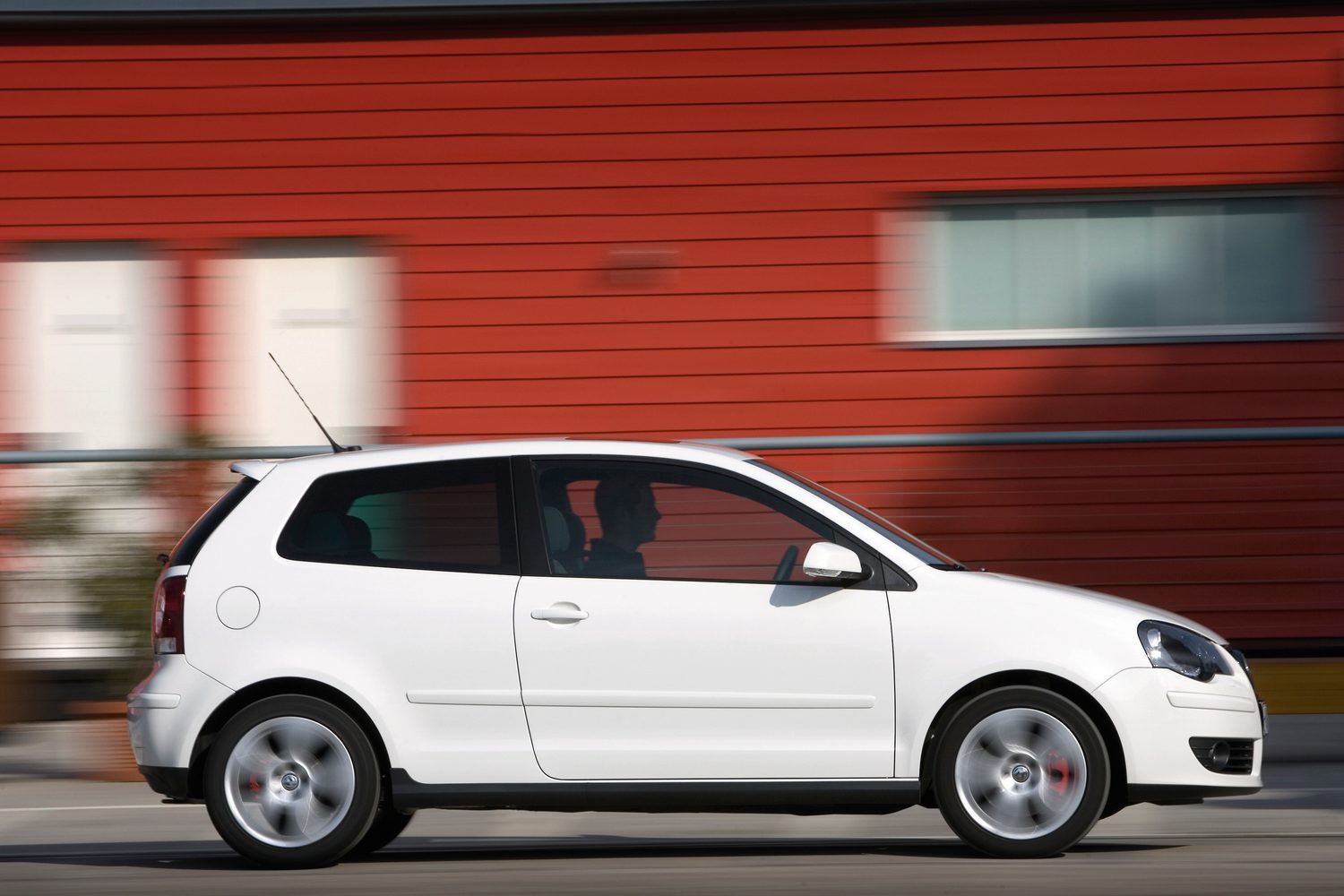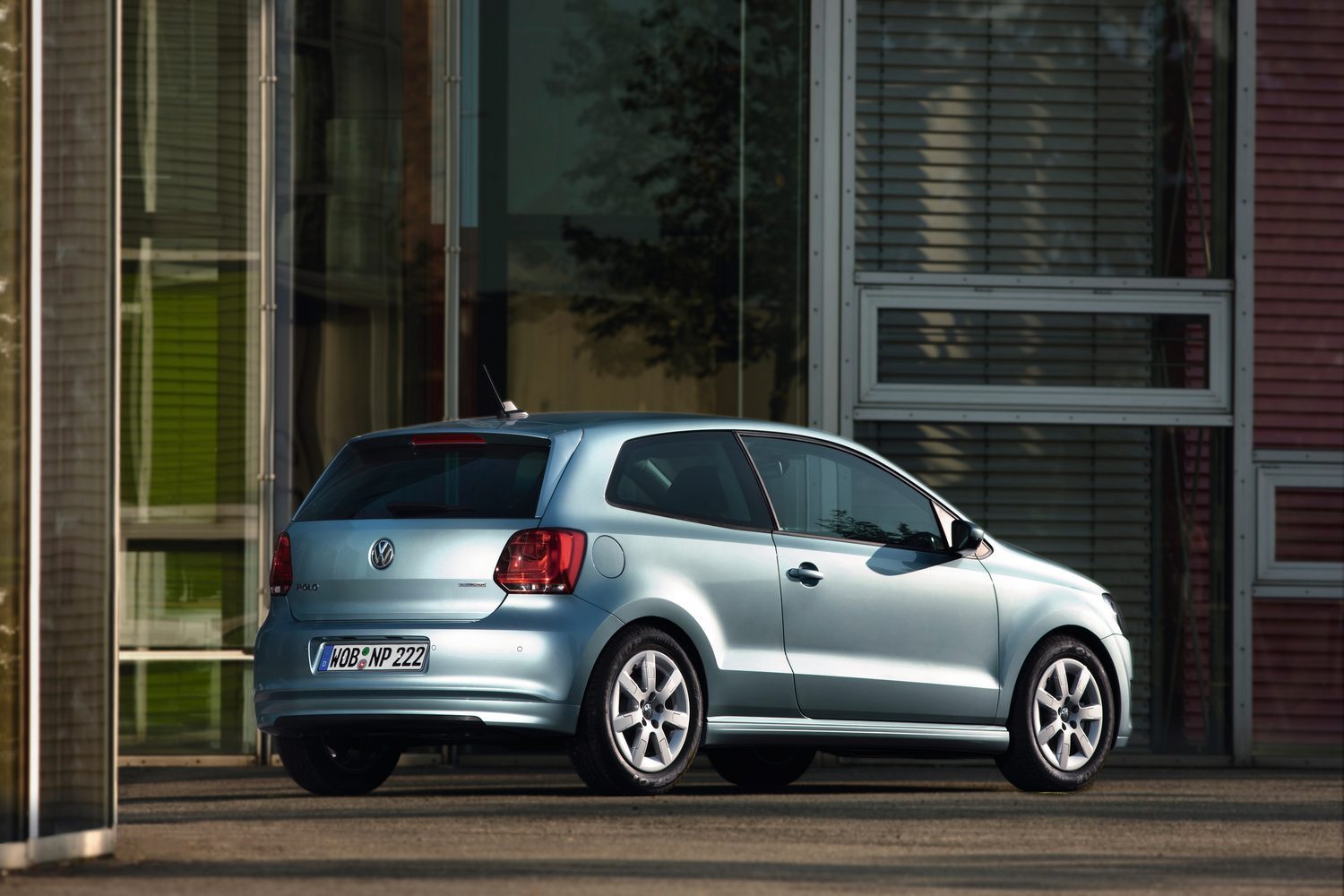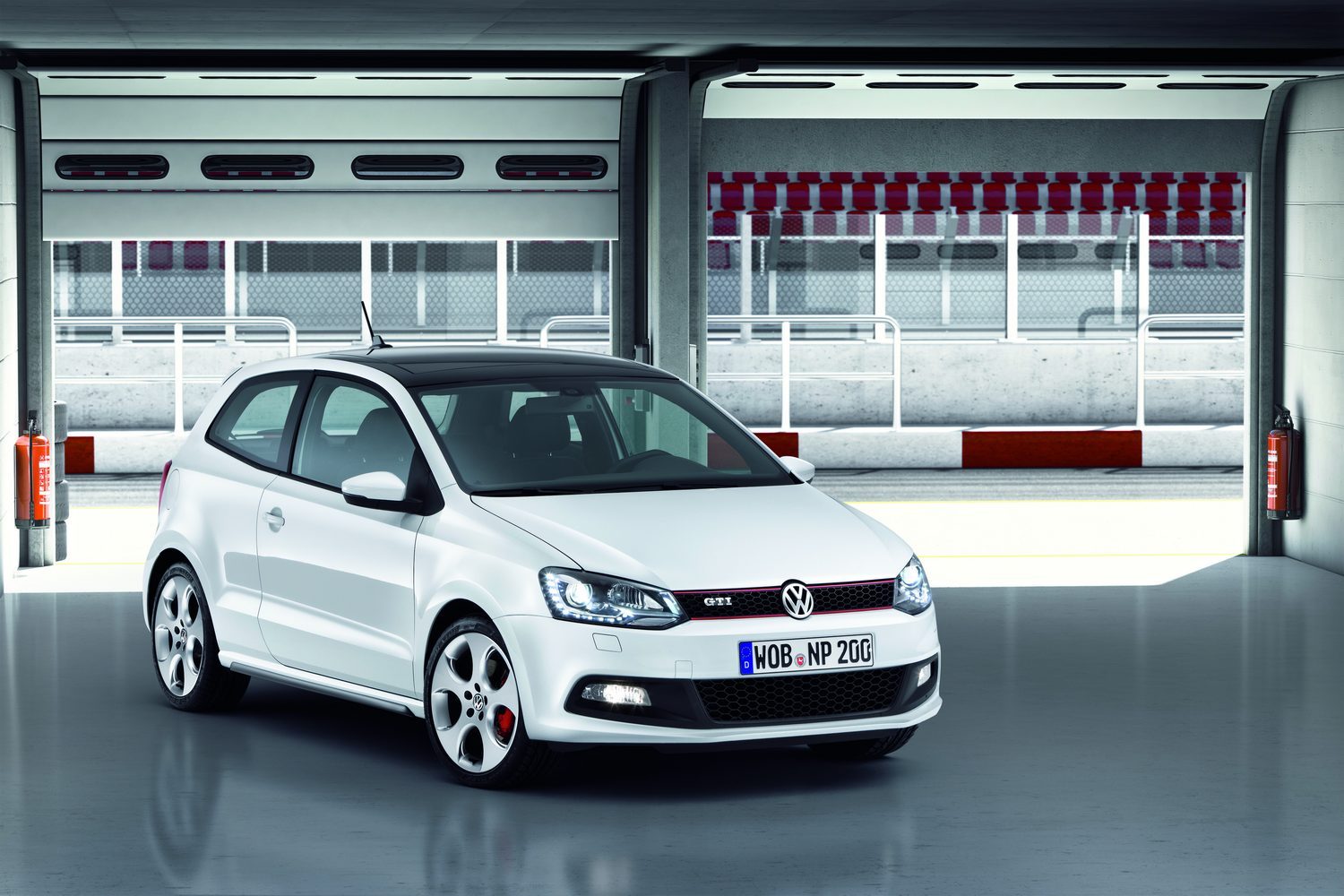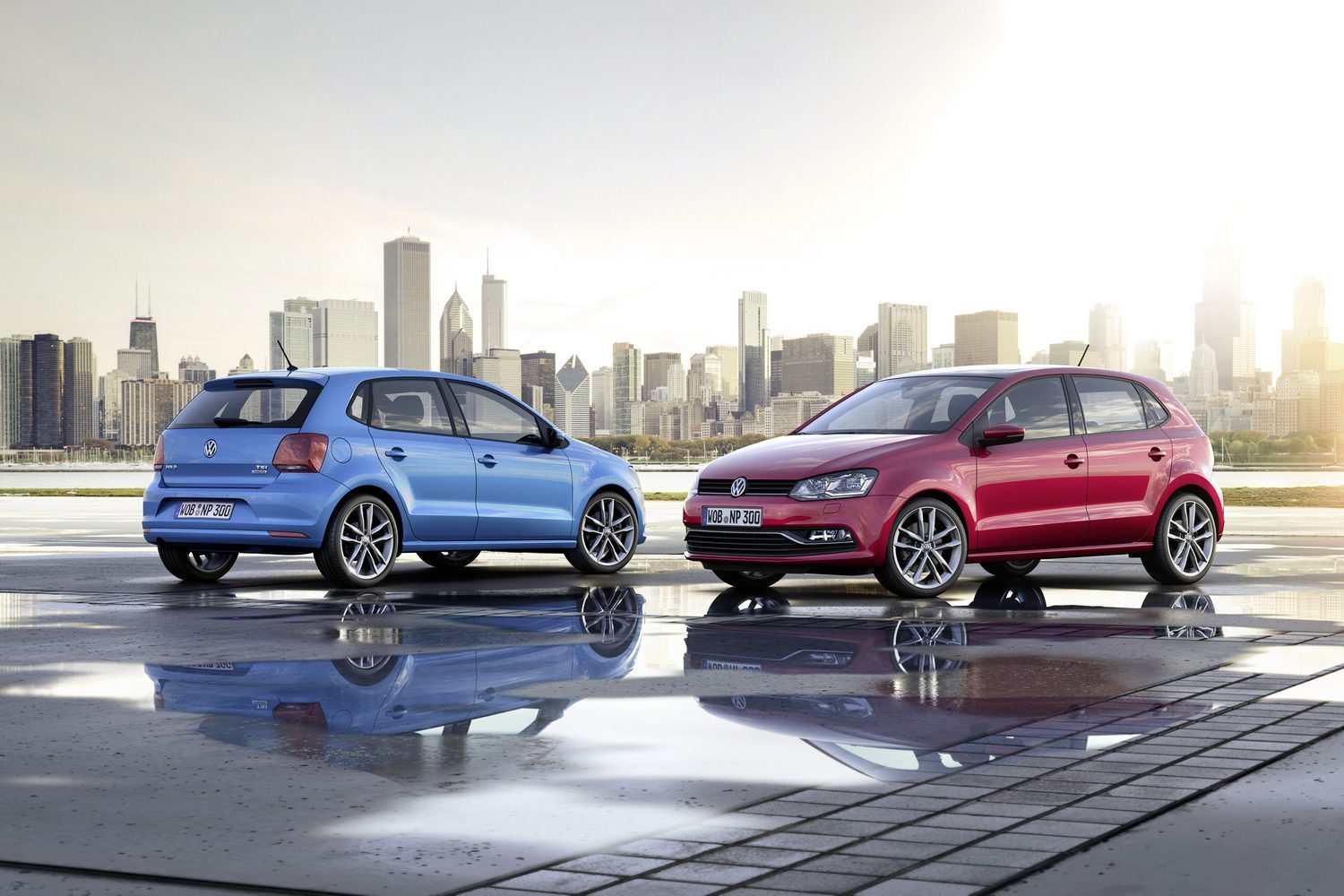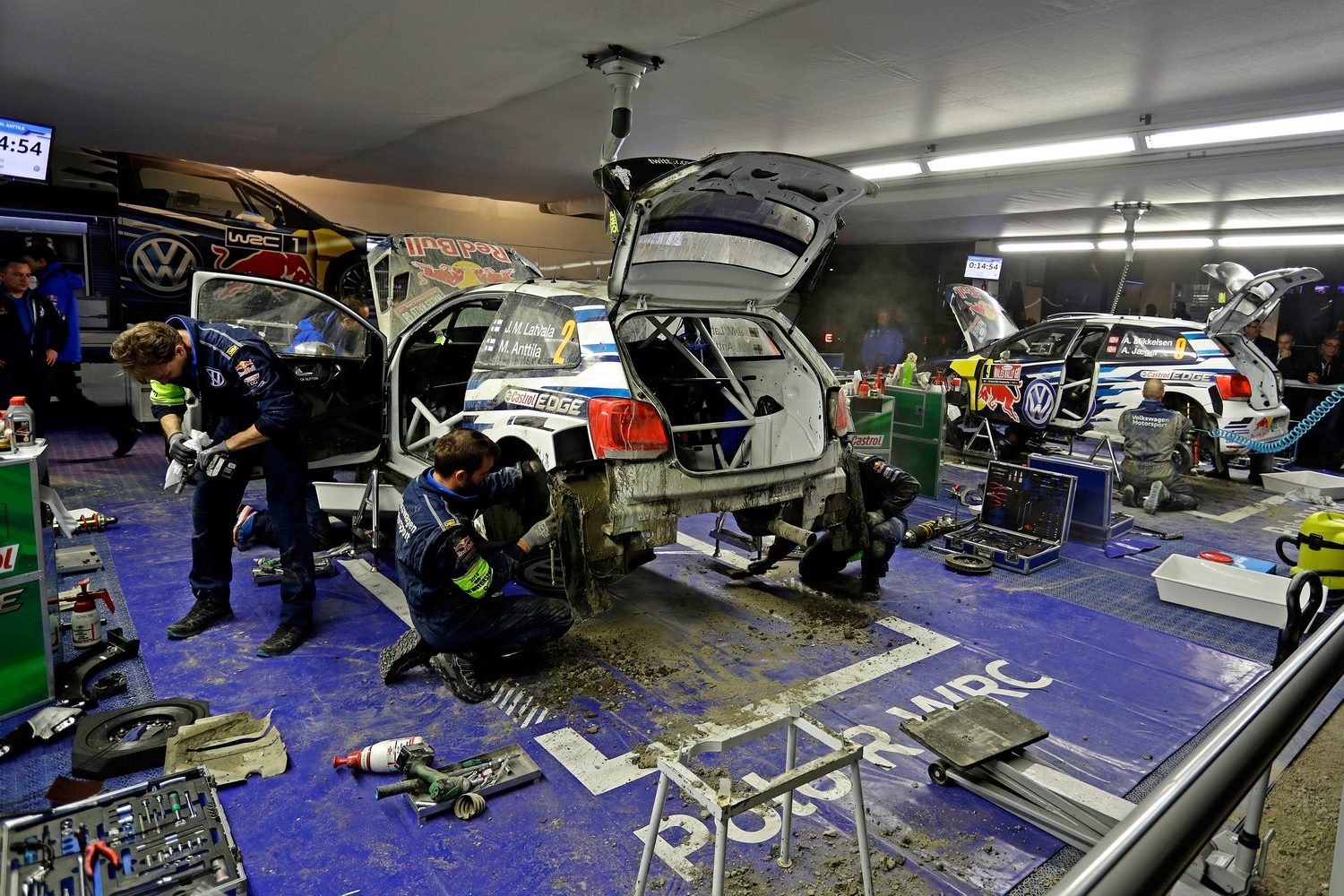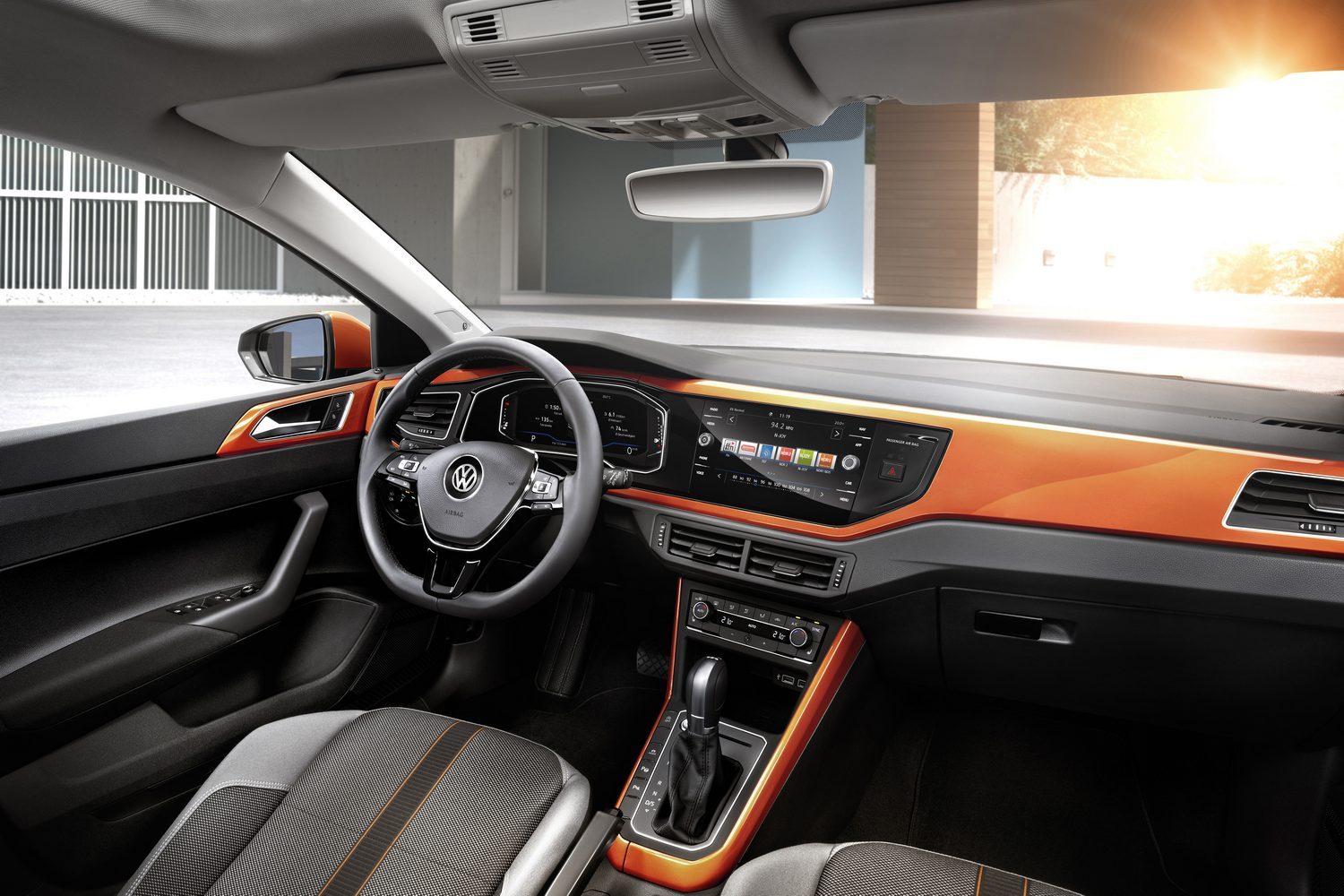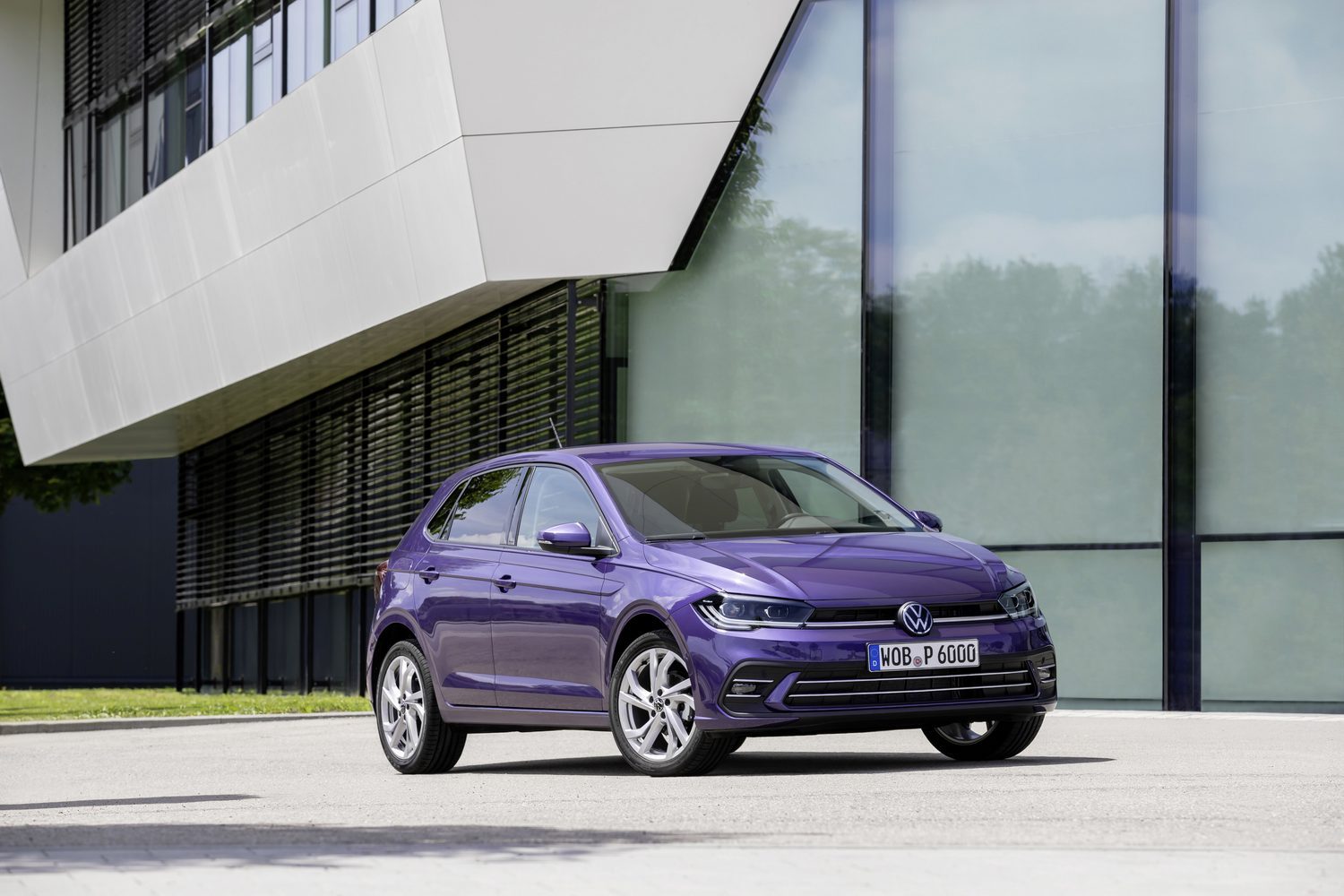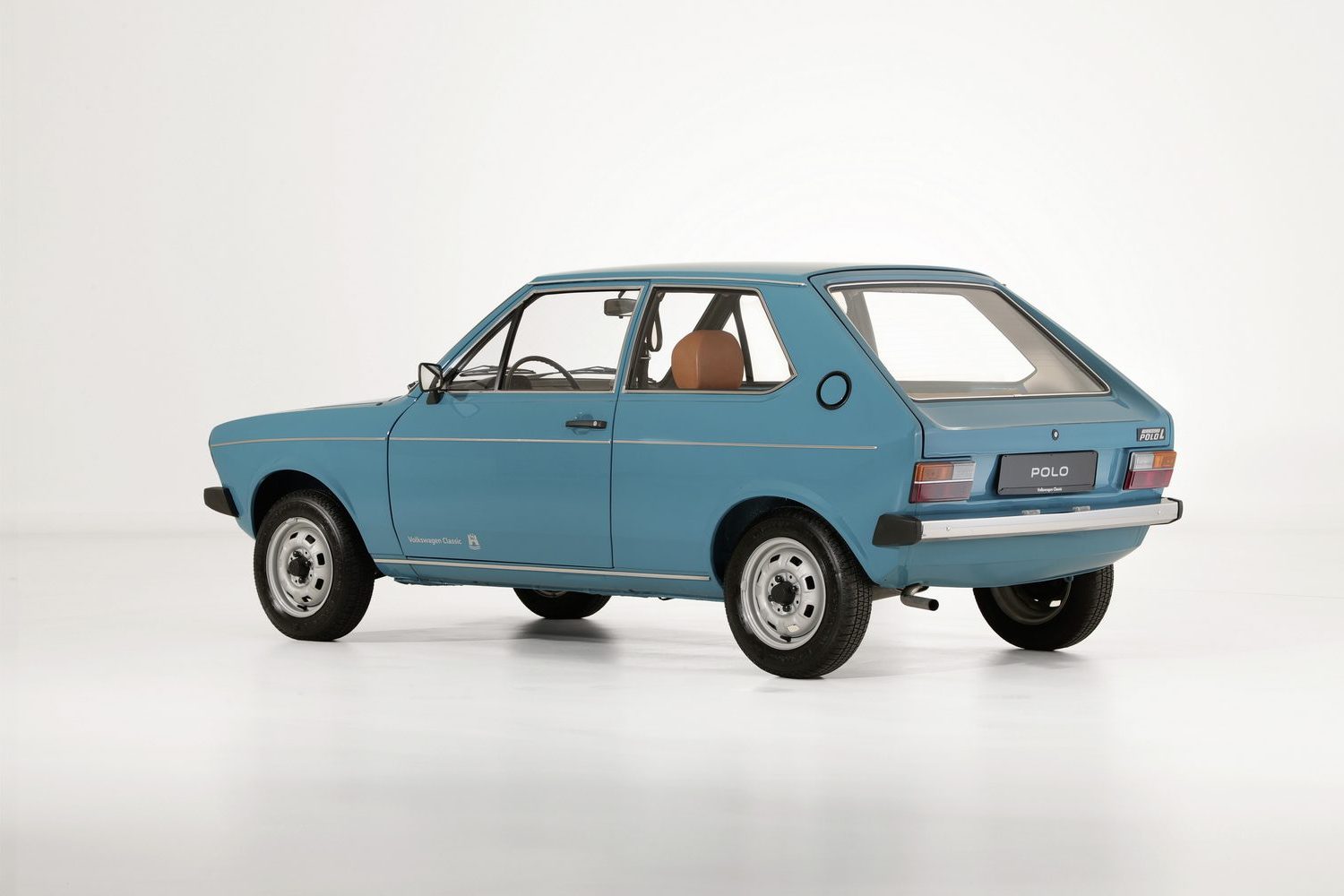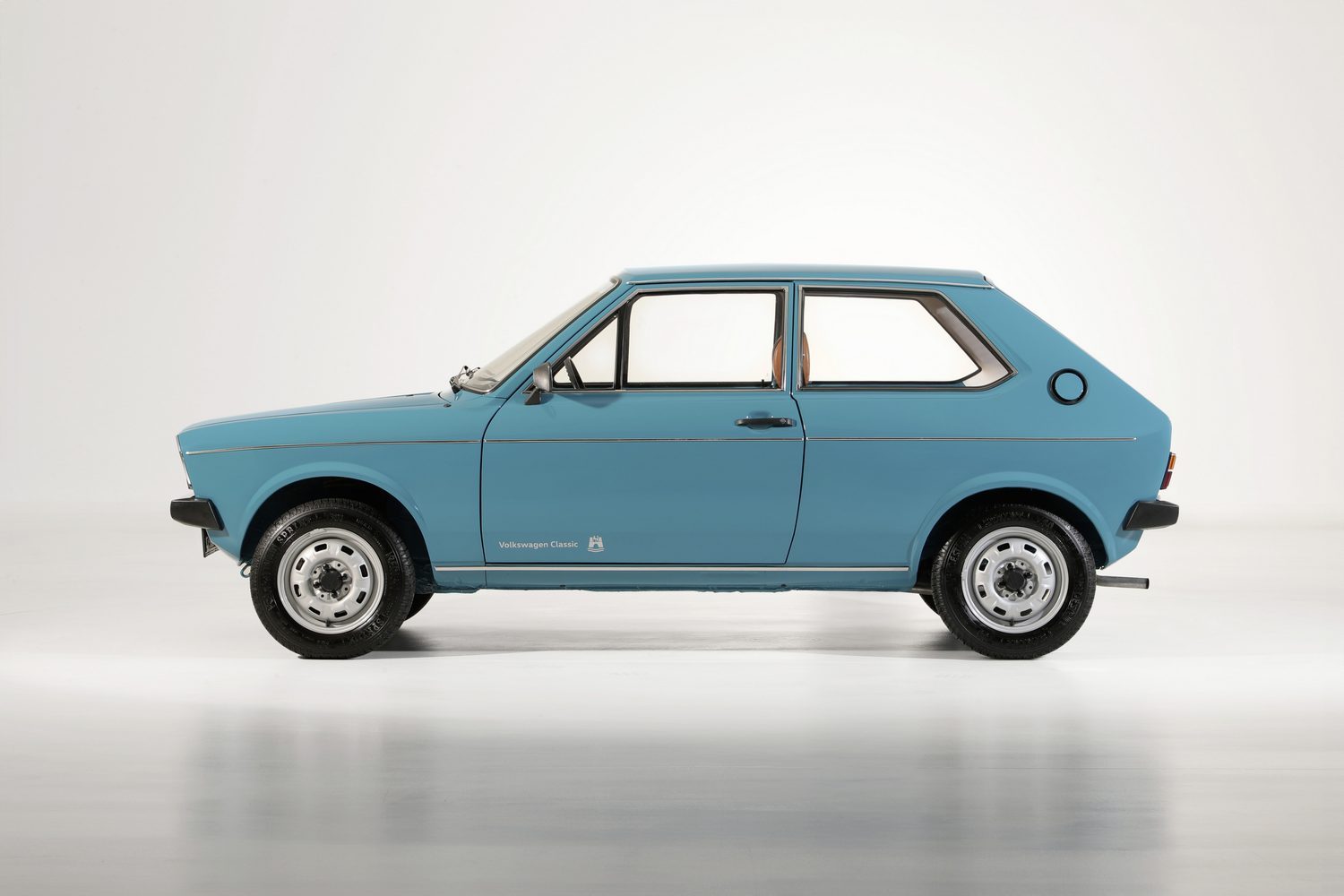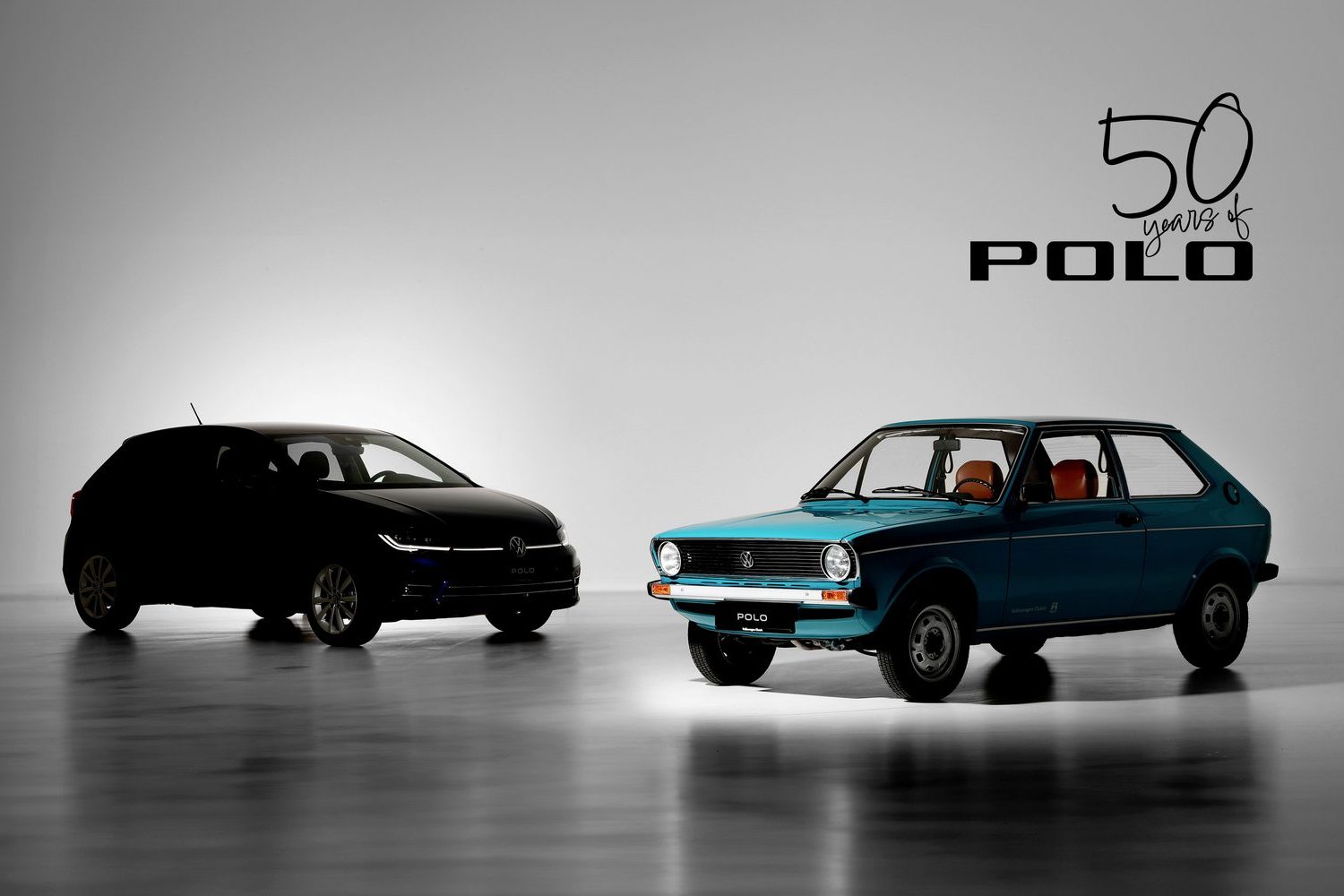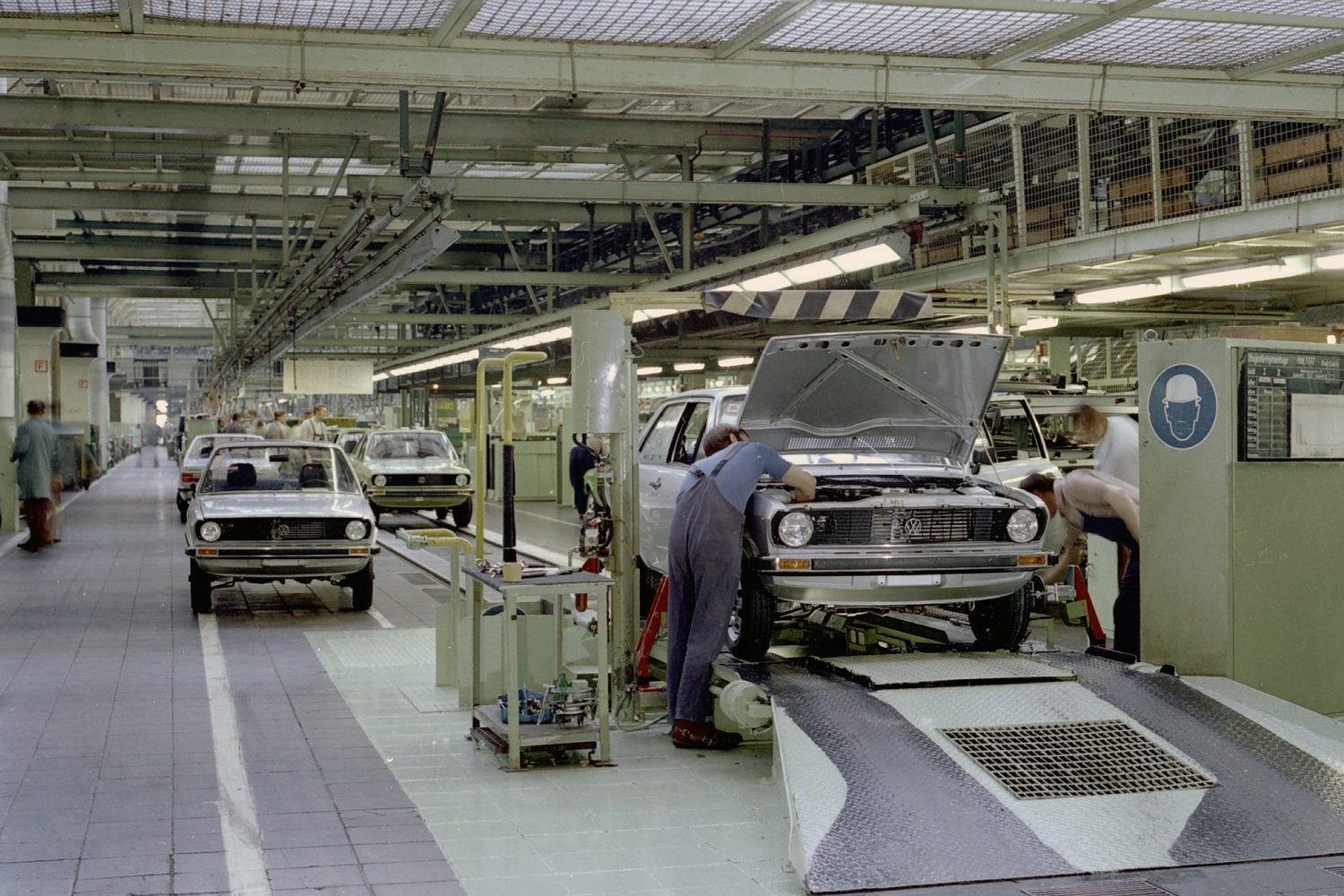Half a century ago, at the beginning of May 1975, the Volkswagen Polo was launched in Europe under the slogan “Small on the outside. Big on the inside.” But even the most optimistic executive at VW's Wolfsburg HQ would have been unlikely to predict just how big a deal the Polo would become. Or even that it would still be on sale 50 years later.
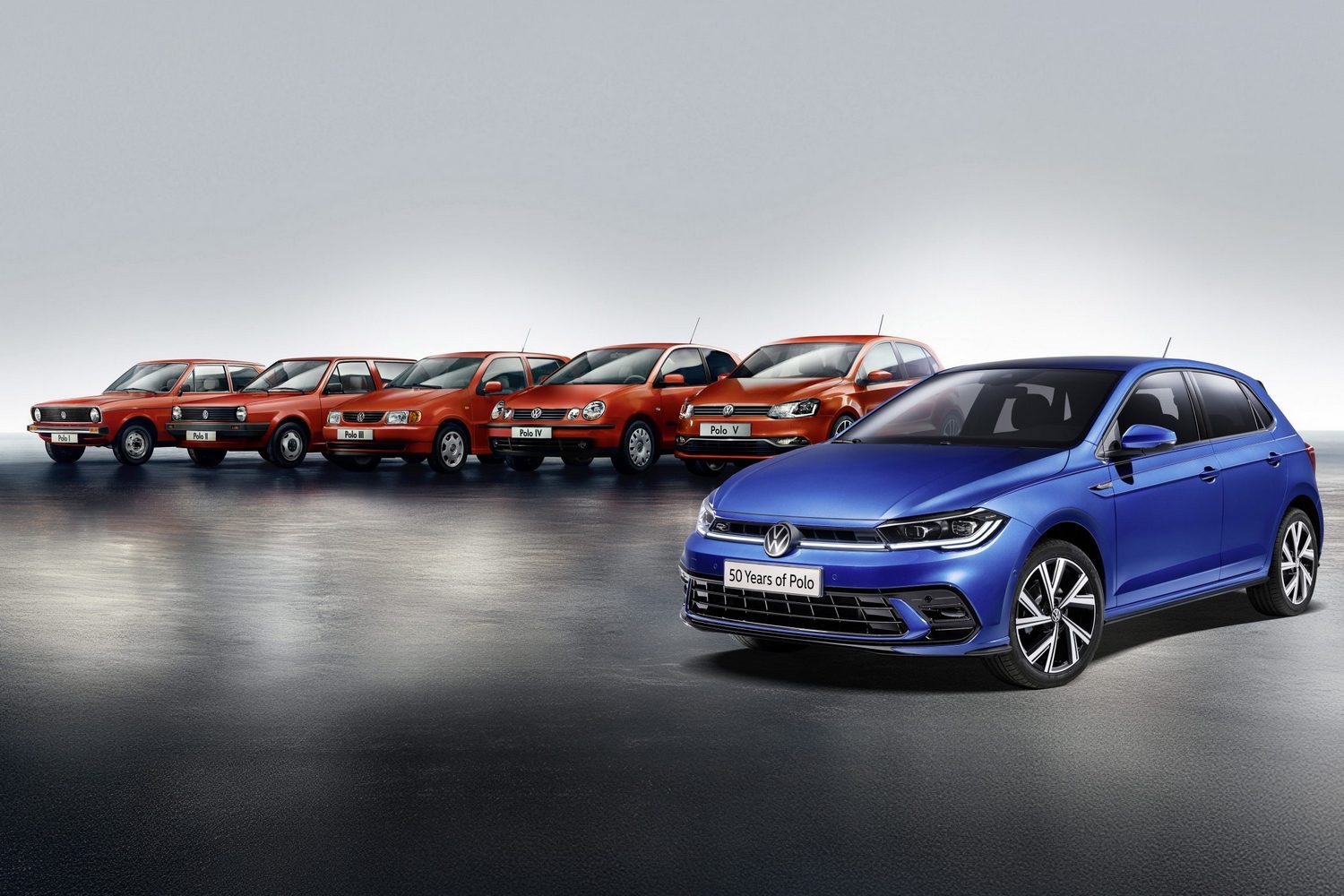
Yet here we are, in 2025, and the Polo is still going strong. The compact hatchback has shaped the motoring lives of millions, proving its worth as a first car, a driving school car or a family runabout, while still having the class to feel more upmarket than its size and price tag might suggest. It has been all things to all people, from a sporty hot hatchback (the GTI) to a rugged all-terrain demi-SUV (the Polo Dune), and more recently, it has even seen off competition from the brilliant Ford Fiesta.
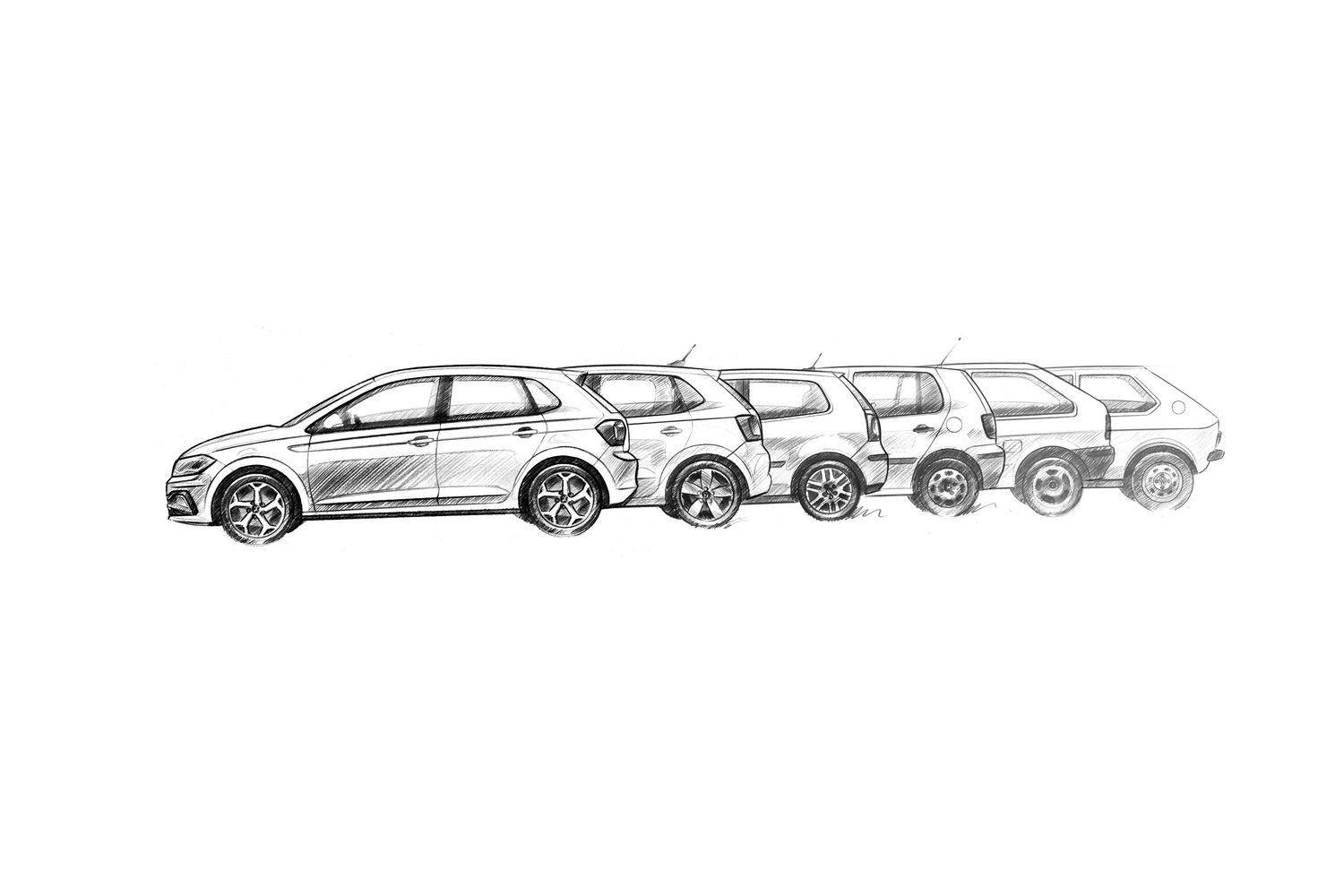
So, to celebrate the life and times of what must now be considered one of the automotive greats, we're taking a look at its story so far. Volkswagen Polo, this is your life.
Genesis: 1975 Polo Mk1
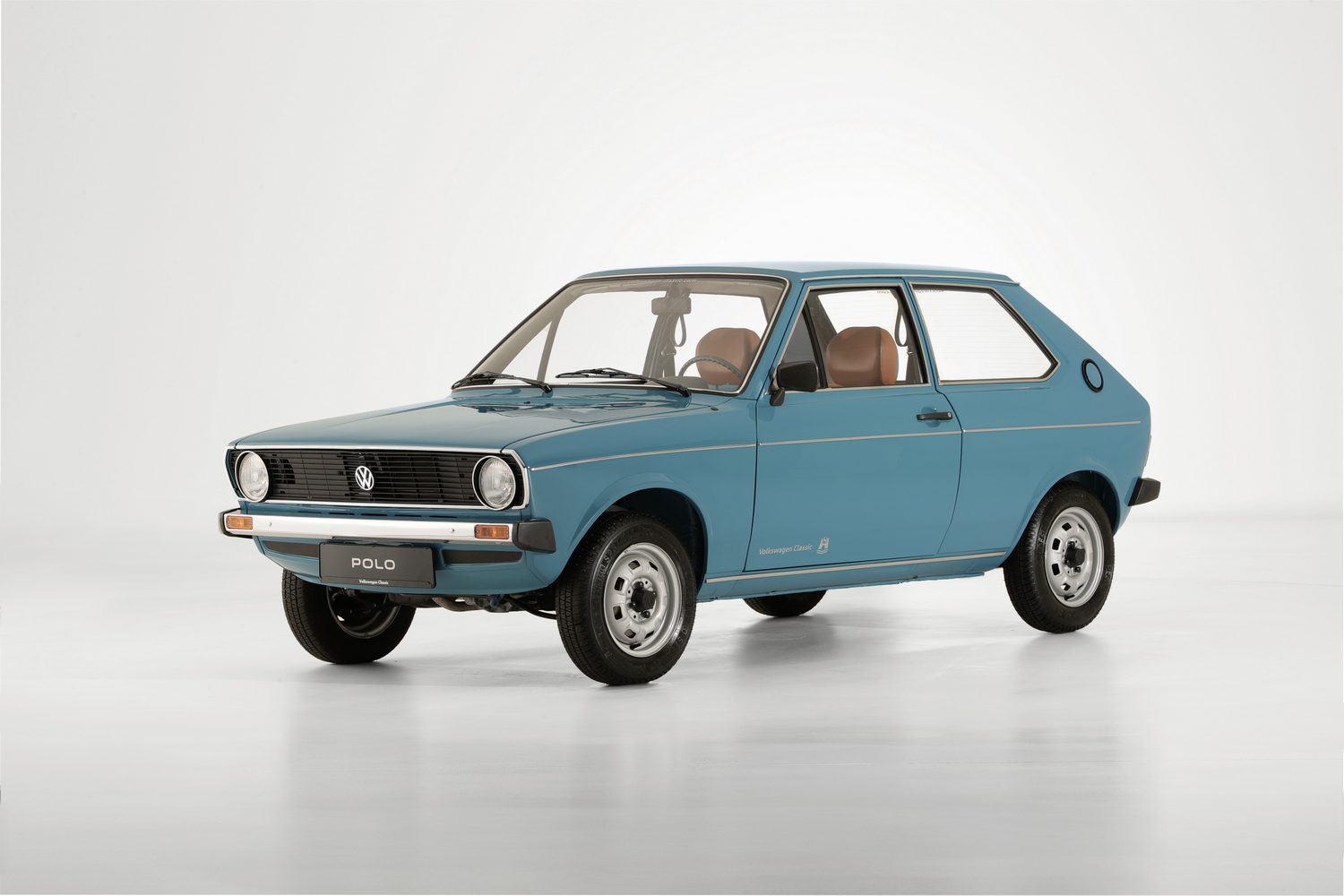
Having been revealed at the Geneva motor show in early 1975, the first-generation Polo was based on the Audi 50 but offered a more simplistic approach to the three-door hatchback. Offered with a mere 40hp at launch, it was updated in 1978 and was in production for another three years in this format.
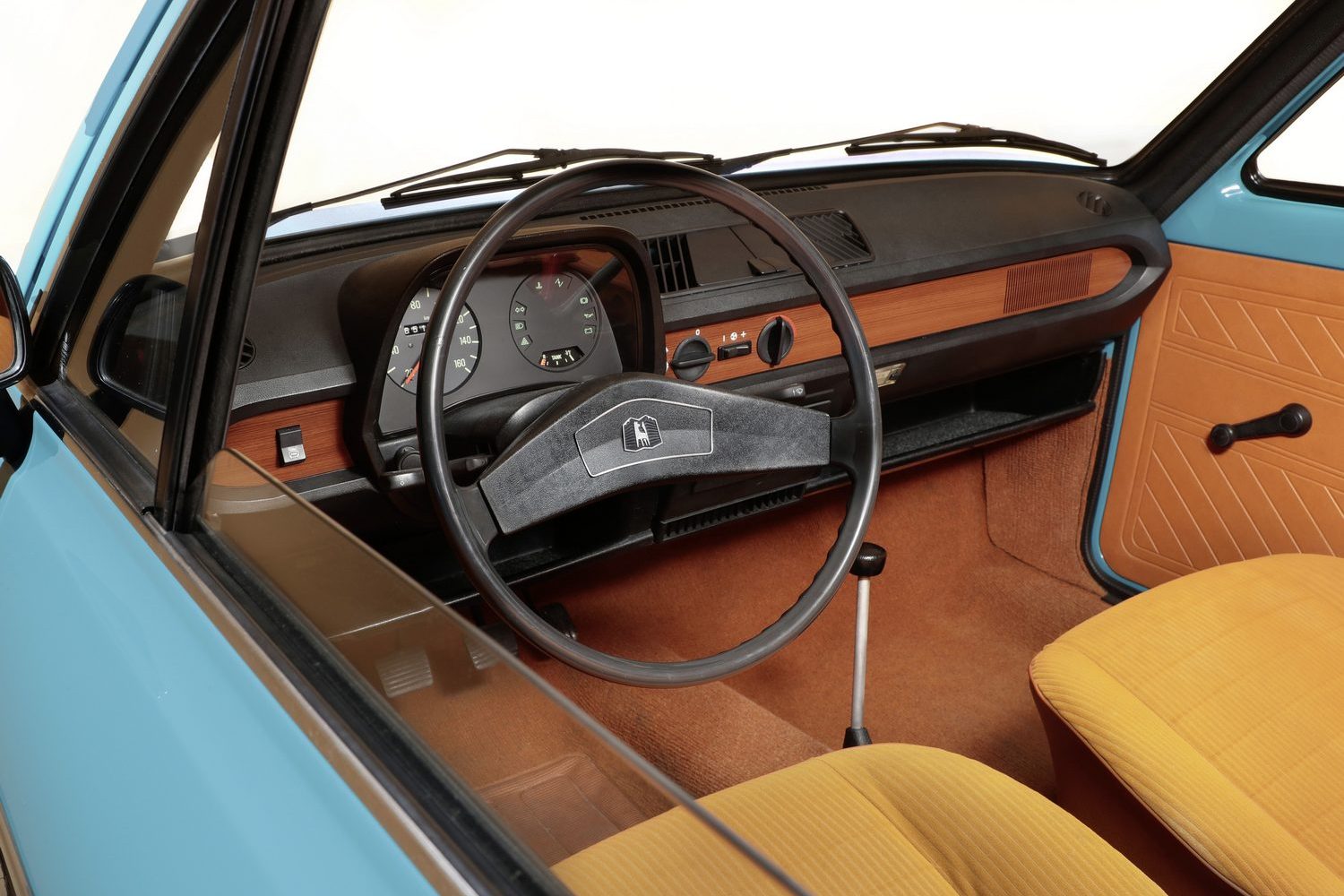
During that time, more than 1.1 million examples were produced, including a number of 'Derby' saloon versions, which were identical to the hatchbacks from the rear roof pillar forwards, but received a spacious, square boot.
Consolidation: 1981 Polo Mk2
It wasn't until September 1981 that Volkswagen refreshed the Polo, revealing the second-generation car with an almost-vertical rear window that earned it the slightly unkind “breadvan” nickname. Even VW admitted the car was effectively a three-door estate, which differentiated it from the Polo Coupe and the Derby saloon and made it more practical than ever before.
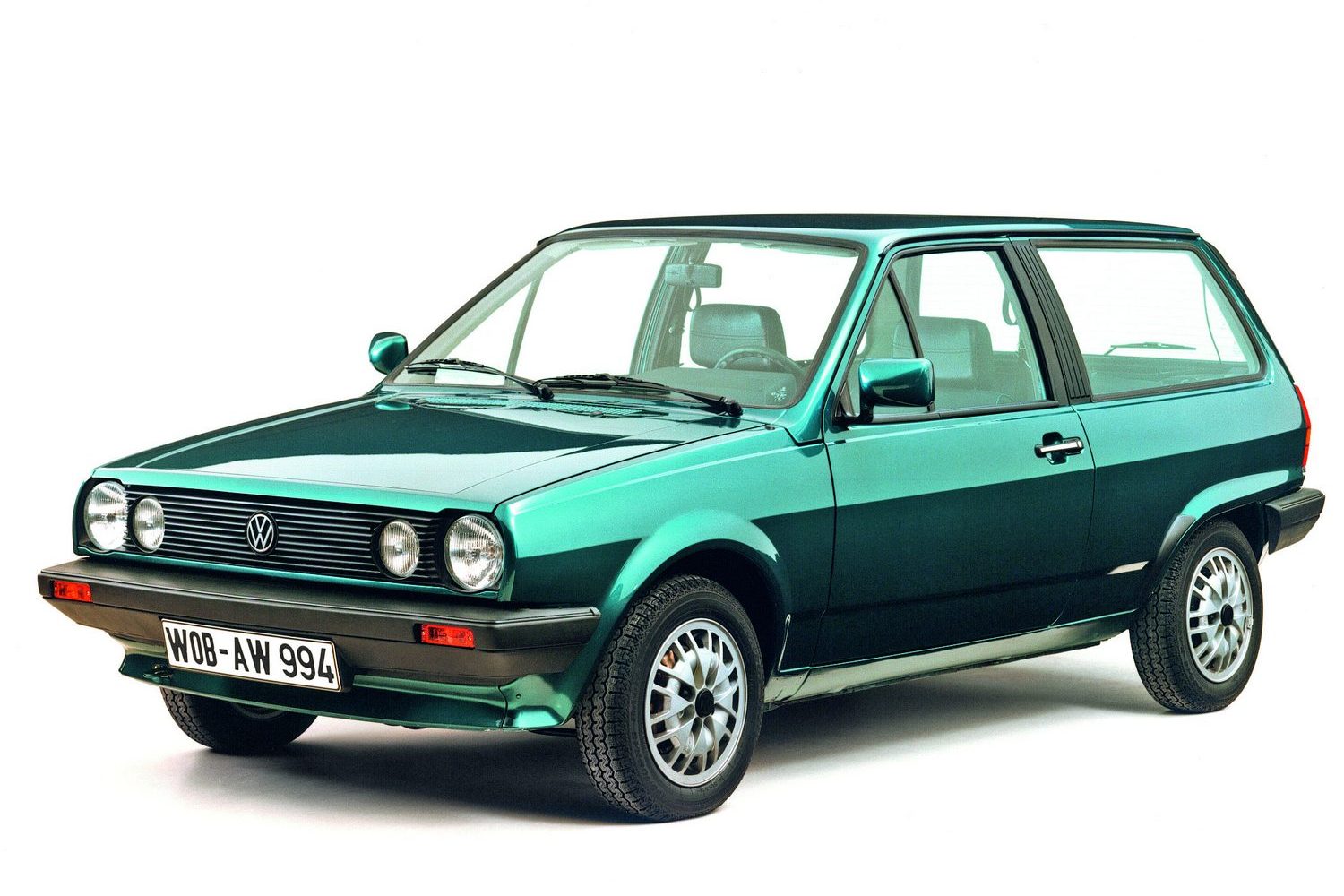
The car was updated in 1986, receiving numerous technical upgrades, including an automatic 'choke' and engines that needed less maintenance. In some markets, the 1.3-litre engines got fuel injection and a catalytic converter, and those 1.3-litre engines remained a part of the Polo range until 1996.
Sporty Sensation: 1983 Polo Coupe GT
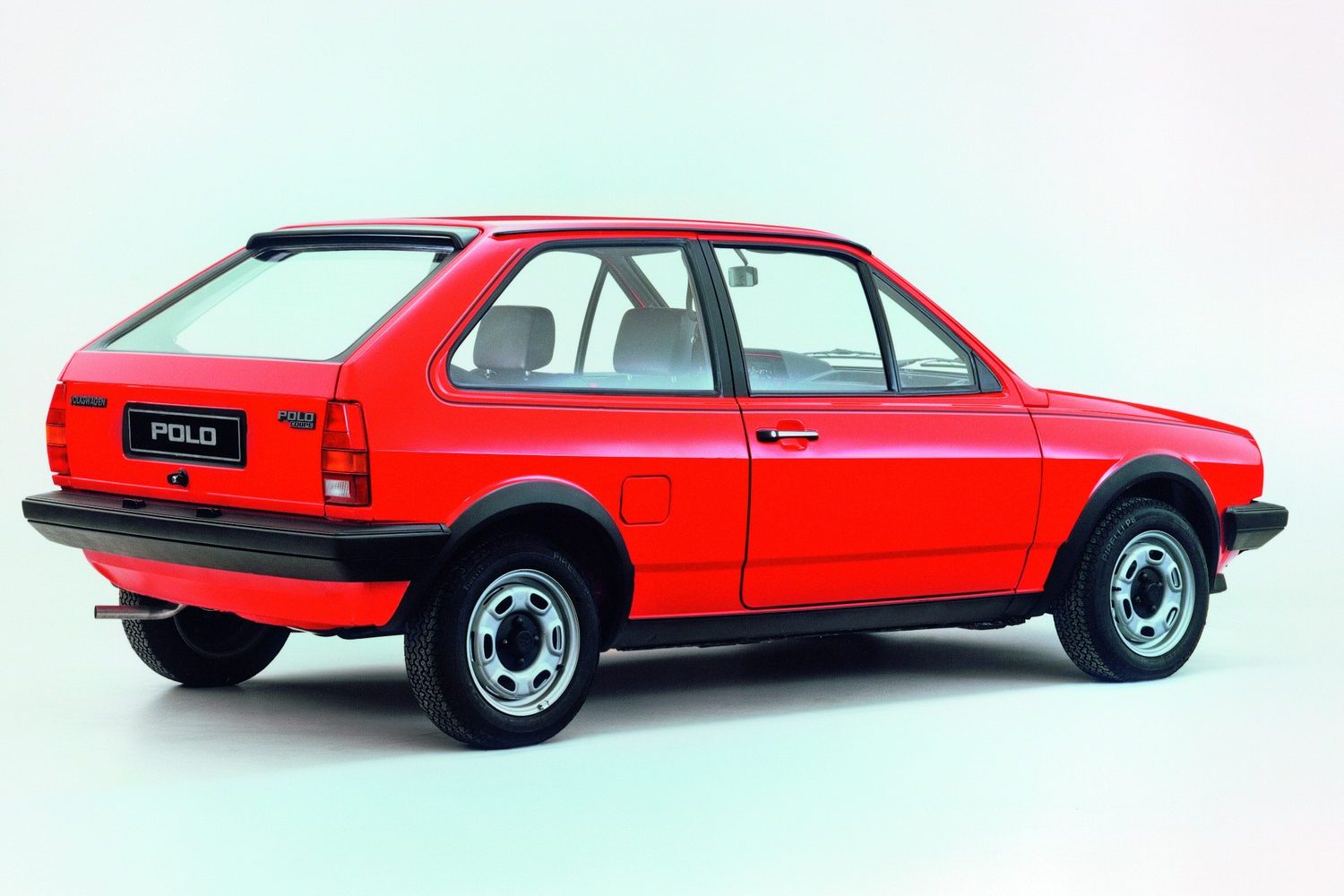
In the early 1980s, VW decided it was time the Polo got a high-performance variant, and the Coupe GT was born. With a 75hp 1.3-litre petrol engine, servo-assisted brakes and sports seats, it became the first sporty Polo model, even if it wasn't actually that fast.
In 1987, after the car had received its mid-life update, VW built around 500 'GT G40' models, all of which were based on the coupe body shape and were only offered in left-hand-drive forms. With a supercharged engine, the cars were mostly sold to VW employees, and were essentially homologation specials for the car that would feature in the G40 Cup race series. Faster than the standard GT model, the G40 models could get from 0-100km/h in around eight seconds and hit 196km/h at top speed.
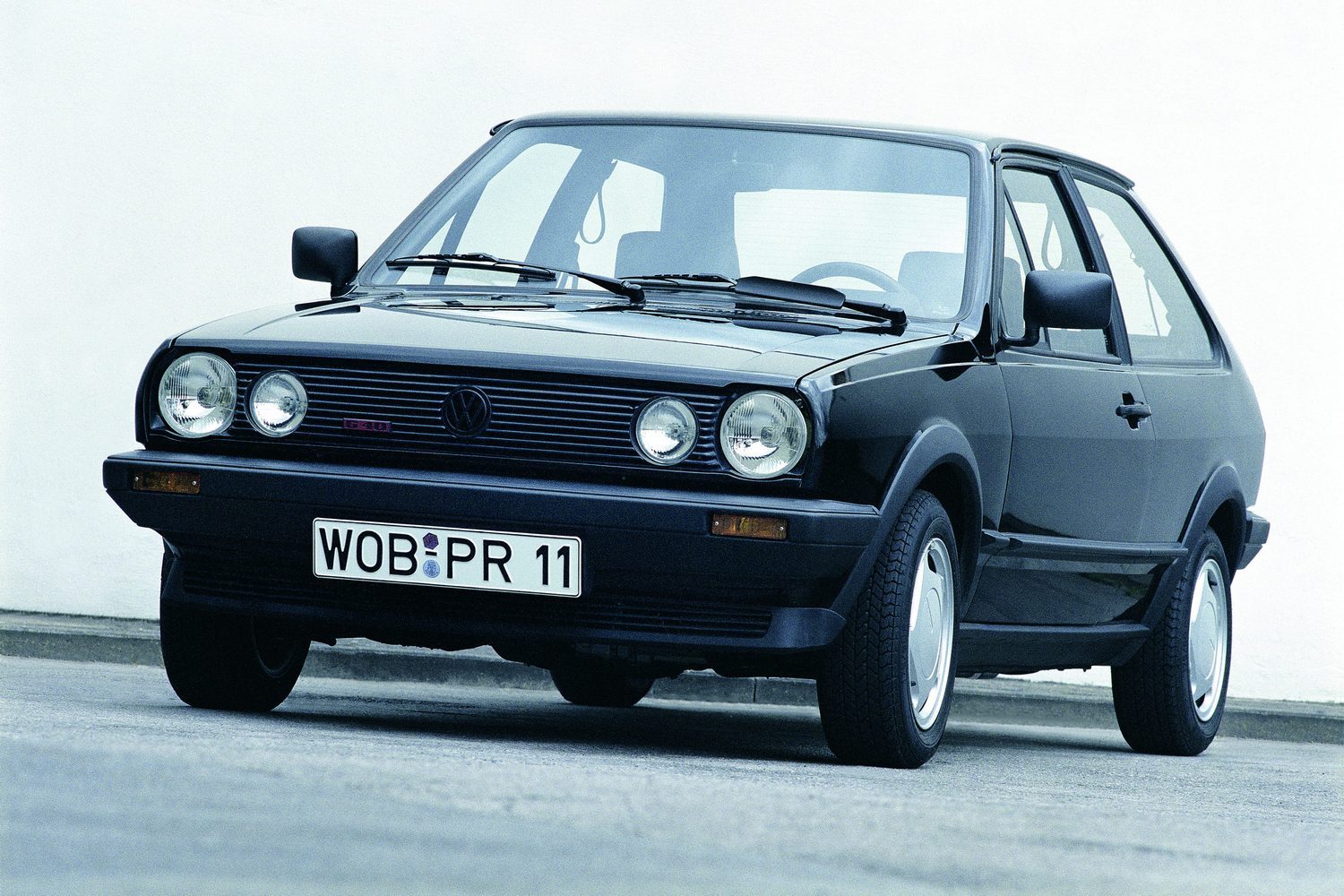
Safe, Spacious and Sensible. Ish: 1994 Polo Mk3
Until 1994, all Polos were two- or three-door models, depending on whether they were saloons or hatchbacks. But with the arrival of the third-generation Polo, Volkswagen offered a five-door version for the first time. Like the Mk2, the Mk3 was larger than its predecessor, and it got a host of then-modern safety features, including airbags and anti-lock brakes. It was also the first Polo to be offered as a true estate car.
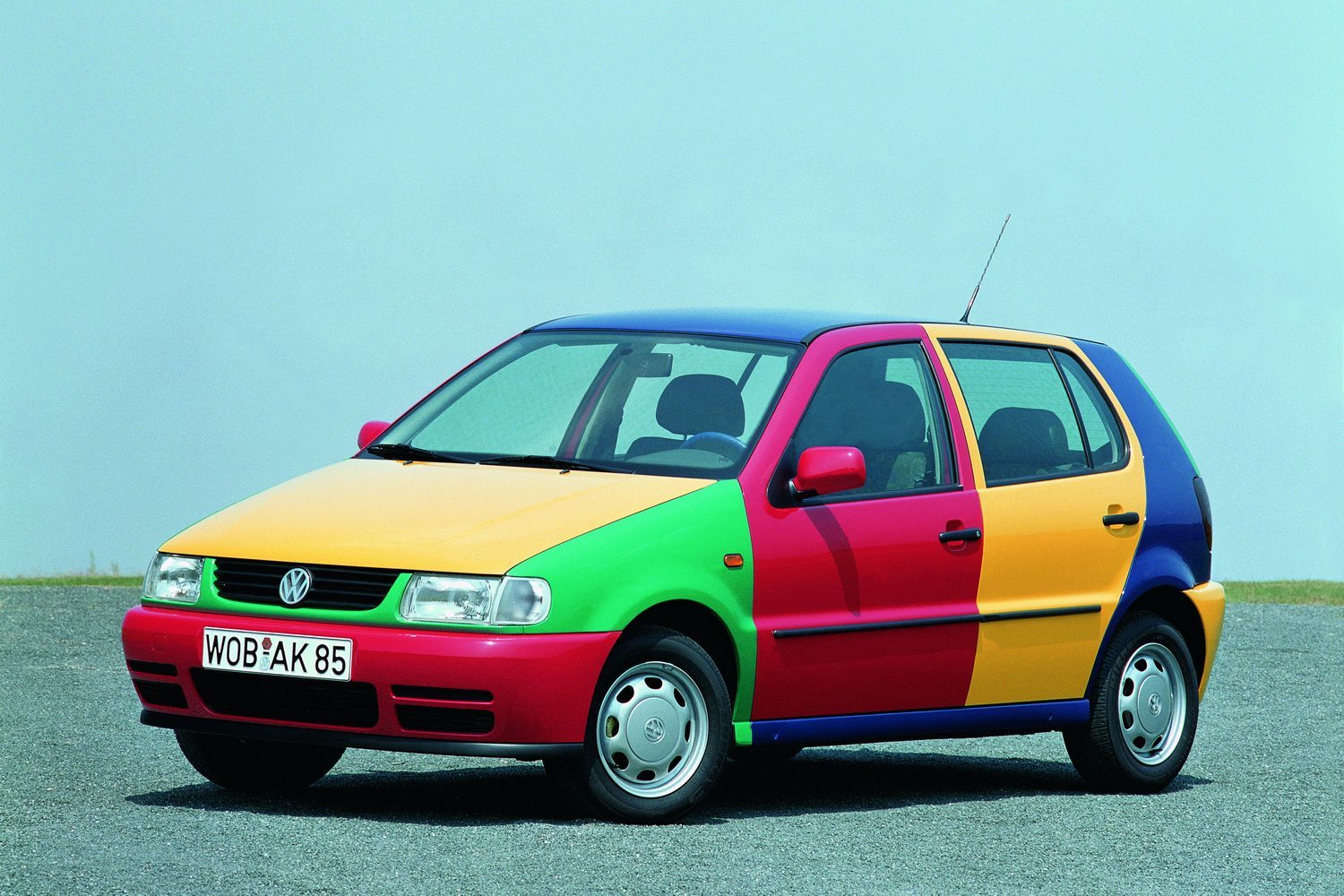
But for all the grown-up features of the third-generation Polo, it had a lighter side. In 1995, the Polo Harlequin was launched, with four colours combined in a panel-by-panel design, leaving the car looking like a court jester. Although it wasn't that great a commercial success, it became a bit of a cult hero over the years and has been referenced by VW and its fans ever since.
Three Letters: 1998 Polo GTI
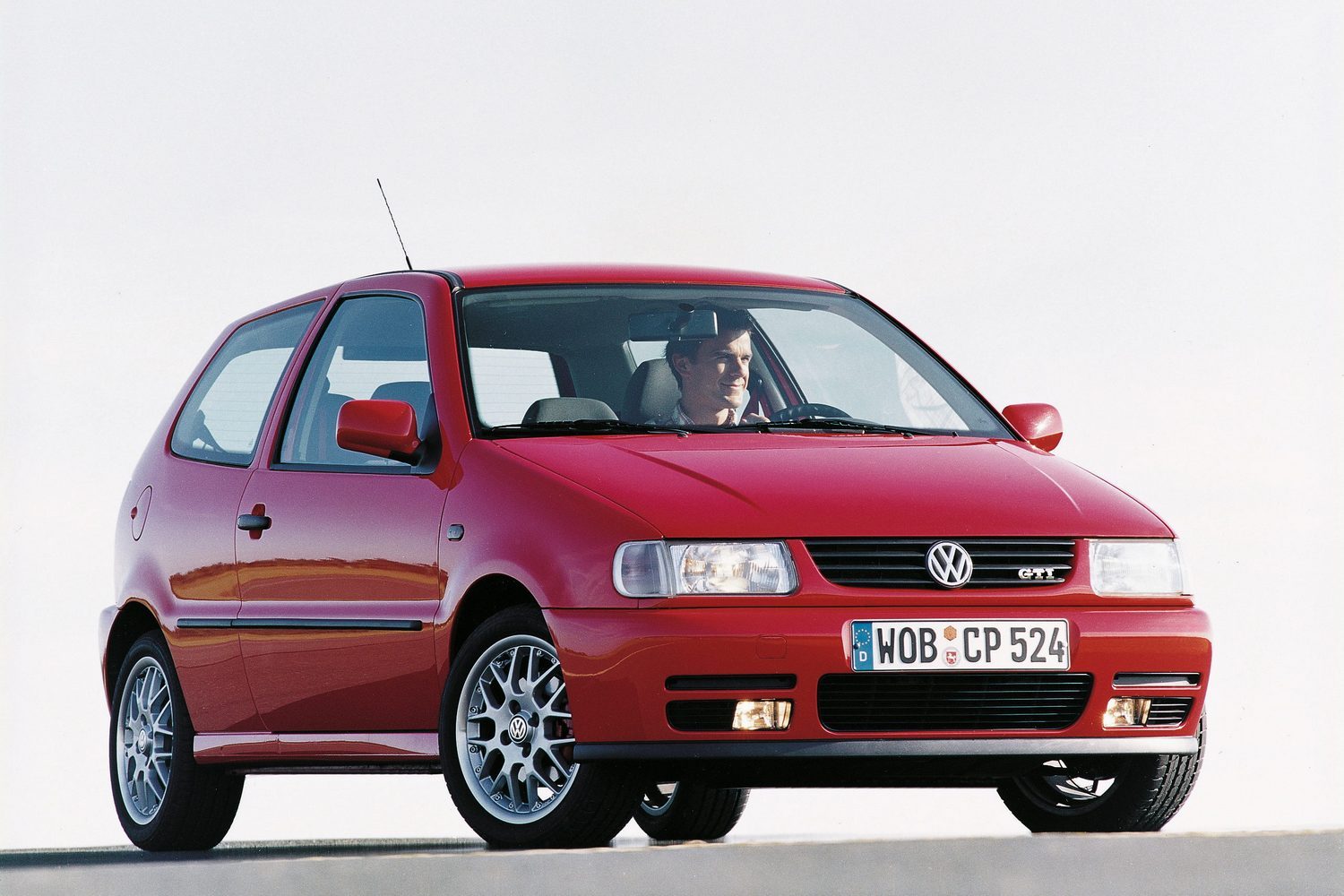
The GTI badge rose to fame with the original Golf GTI, launched in 1976, but it didn't arrive in the Polo range until more than 20 years later. With 125hp, it built on the foundations laid by the old Coupe GT, powered by a 1.6-litre, 16-valve engine and offering a 0-100km/h time of around eight seconds. Customers could choose between three- and five-door body shapes.
Growing Up: 2001 Polo Mk4
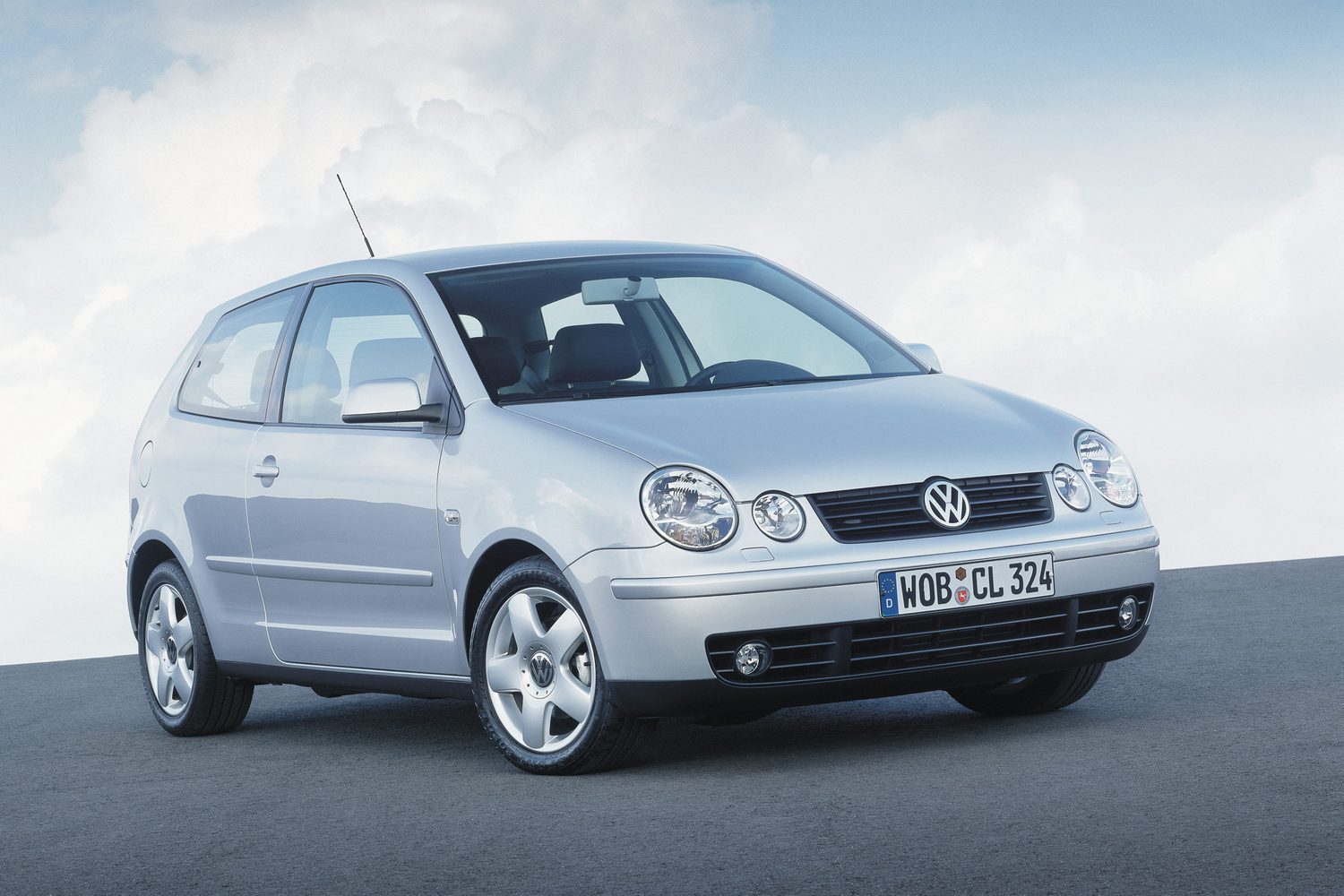
In 2001, the Polo grew again, with rounded styling and new engines, including three-cylinder options and turbocharged engines for the GTI. More safety technology arrived, too, while there was a BlueMotion diesel option designed for maximum fuel efficiency.
But perhaps the oddest addition was the new CrossPolo, also known as the Polo Dune, introduced in 2006. Although it was still only front-wheel drive, the more rugged-looking model got tough body cladding, roof rails and a raised ride height. It was highly popular.
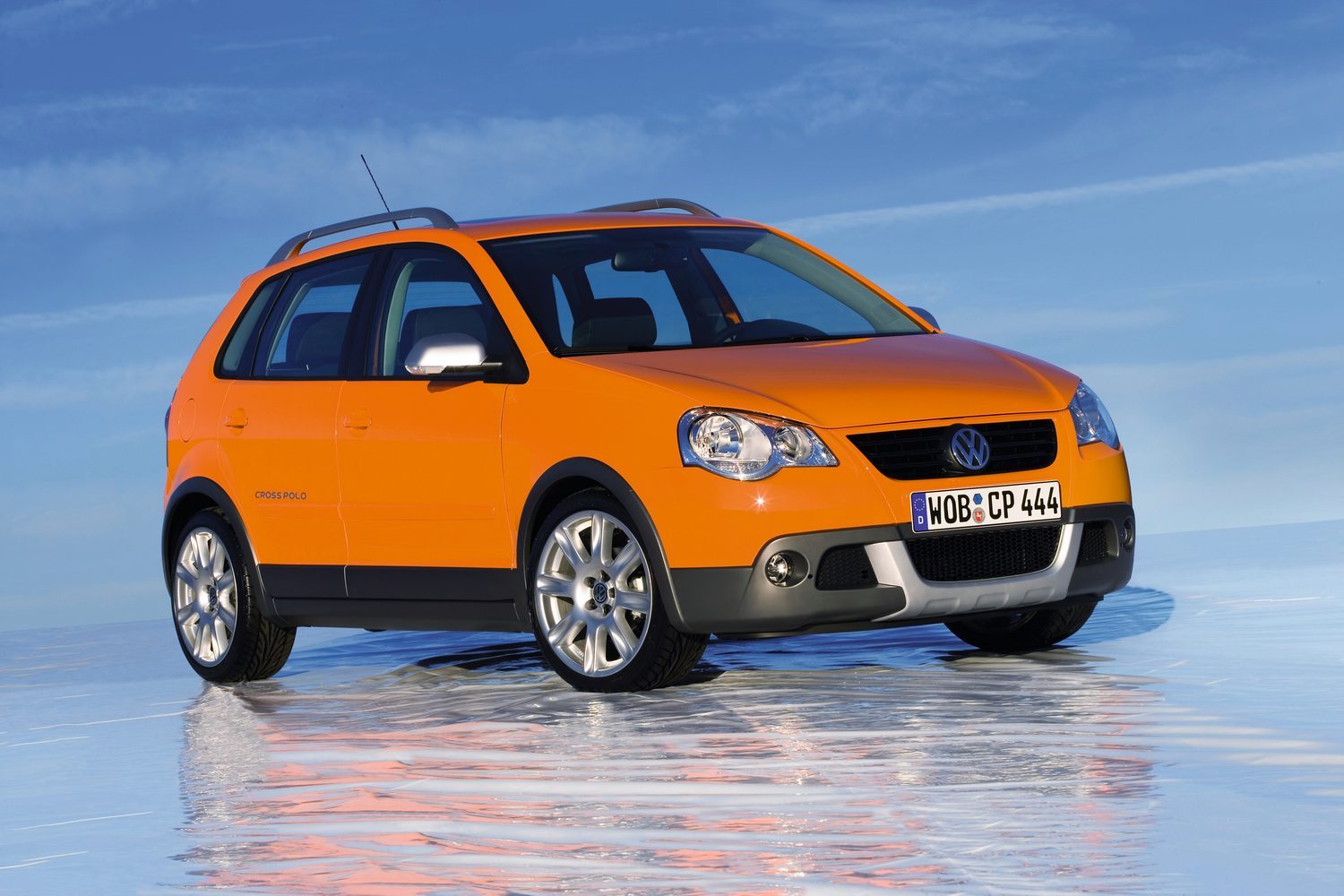
Five Star: 2009 Polo Mk5
Cleaner looking and more modern than its predecessors, the Mk5 was the first Polo since the turn of the century to really look and feel like a smaller Golf. Again, the BlueMotion model took many of the headlines, with consumption of just 3.3 litres per 100km.
However, the 1.4-litre turbocharged Polo GTI remained a key part of the range, alongside more conventional petrol and diesel models. In 2010, it became European Car of the Year.
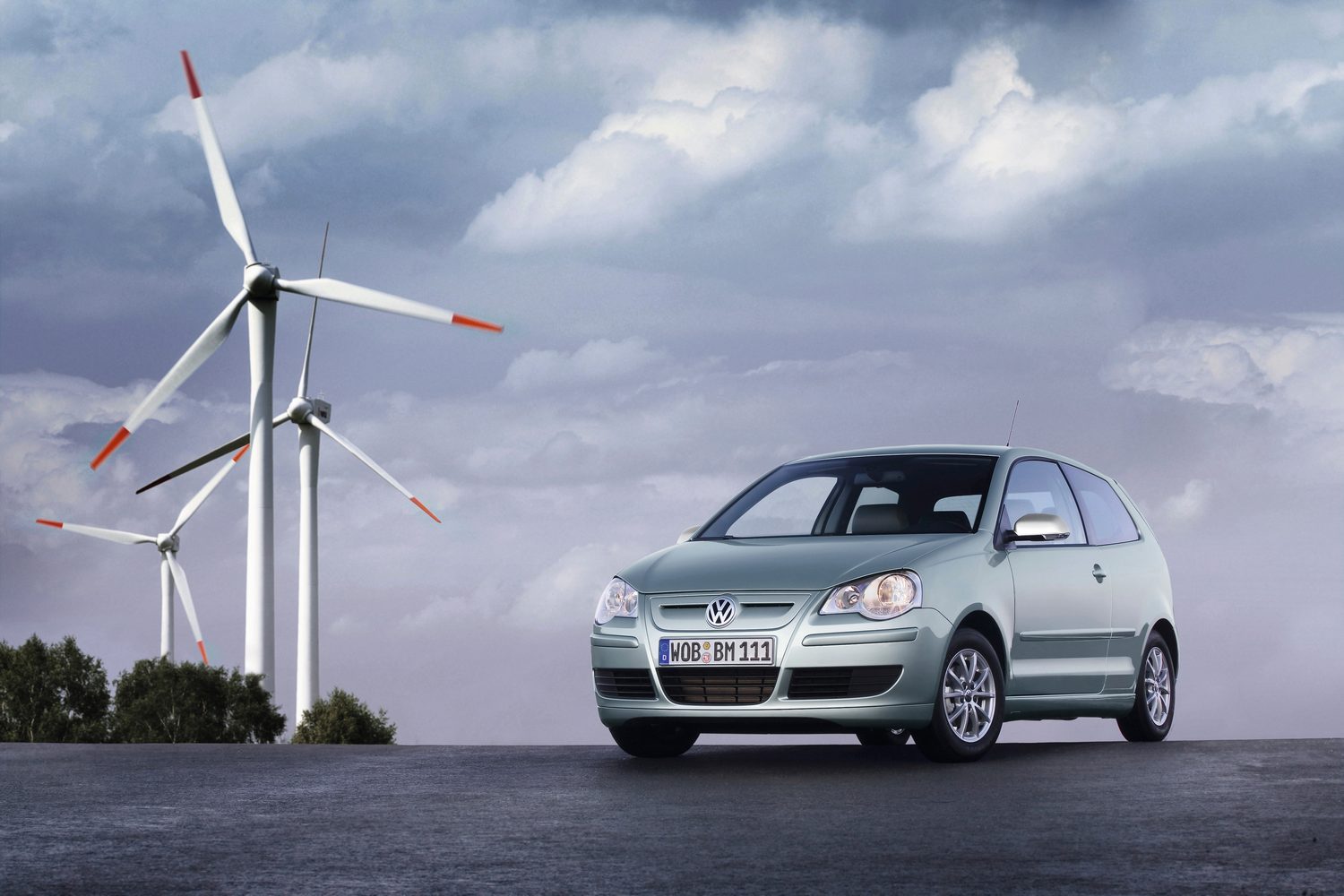
Volkswagen also added a new Polo R WRC Street special model in 2013, with 220hp from a 2.0-litre Golf GTI-derived engine. The fastest Polo ever seen at the time, it was designed to bring some motorsport attitude to the road and sat alongside VW's proper World Rally Championship contender. Little did Volkswagen know quite how successful that particular project would be.
Successful Supermini: 2013 Polo R WRC
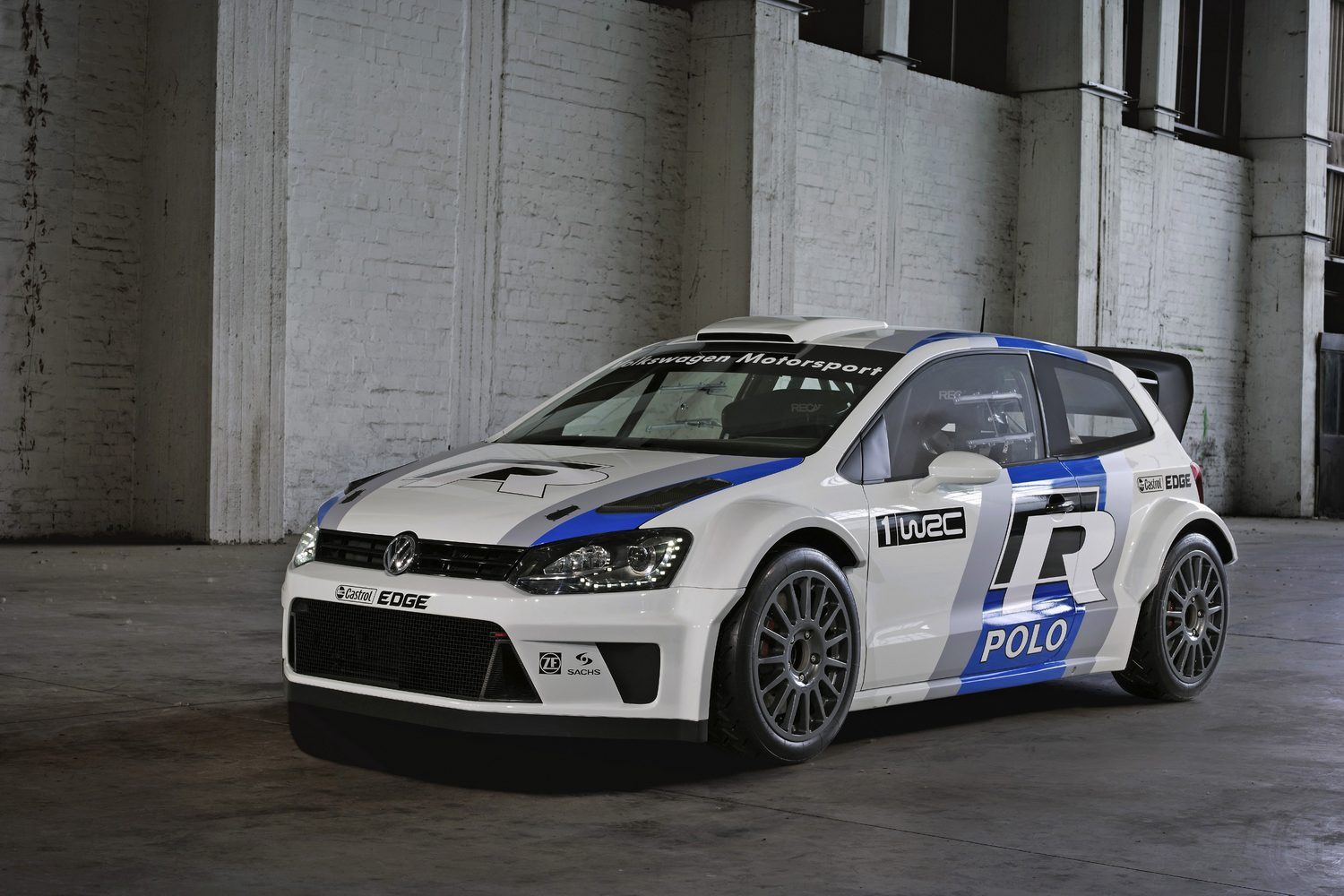
In 2013, Volkswagen returned to the World Rally Championship (WRC) as a factory team, having previously entered Golf GTIs in the mid-1980s. But the Polo R WRC rewrote the rulebook for the German company, seeing immediate success with six wins from its first eight rallies.
Over the course of four years in competition, Volkswagen entered 53 rallies with the car, and won 43 of them, helping Sebastien Ogier to win 31 events and four consecutive WRC Drivers' Championships between 2013 and 2016.
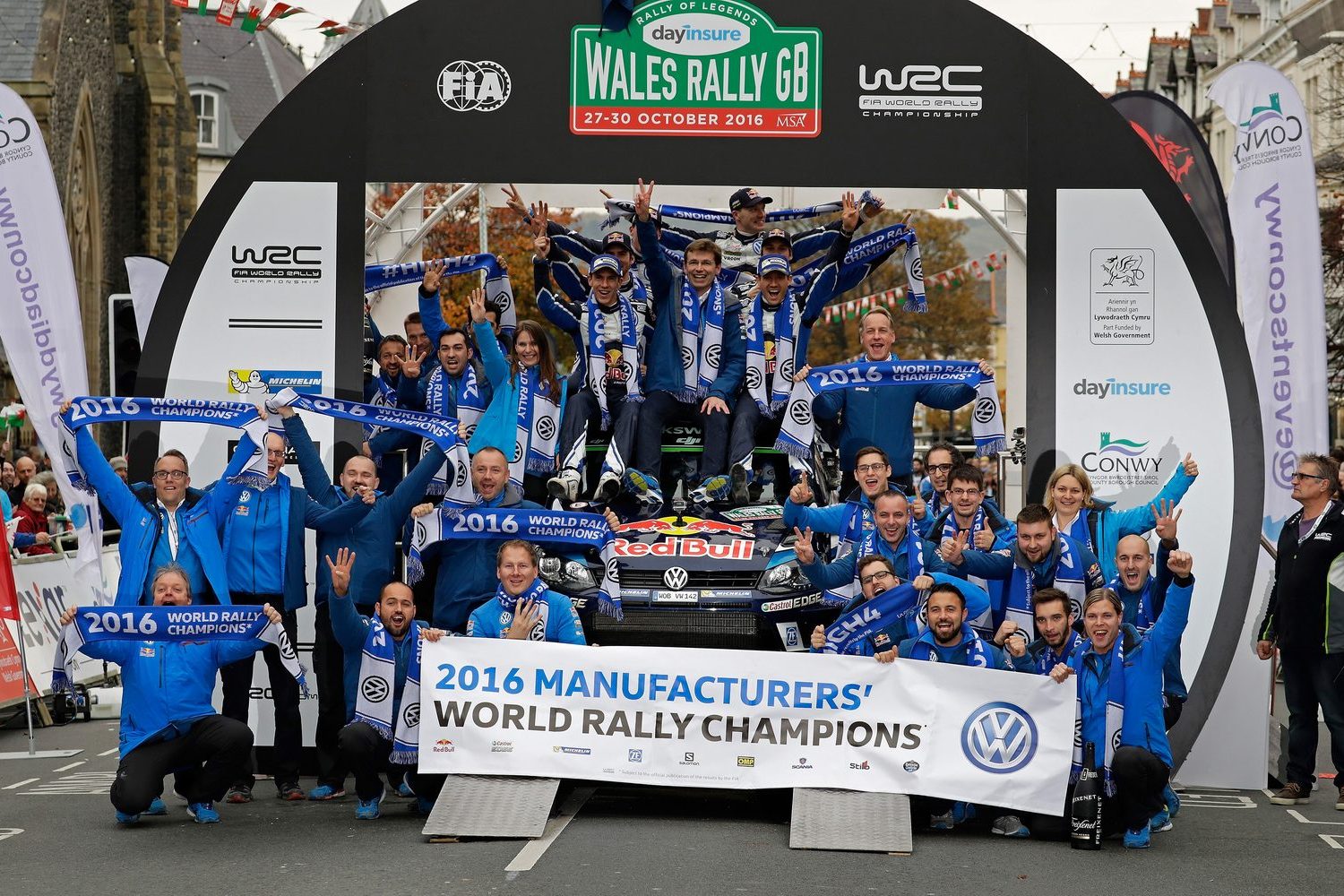
The Latest Generation: 2017 Polo Mk6
The sixth-generation Polo, introduced in 2017, was the first to be based on the 'MQB' platform used to such great effect in the Volkswagen Golf and Passat. That allowed VW to kit the car out with numerous upgrades and safety features, as well as growing the body and increasing the boot capacity.
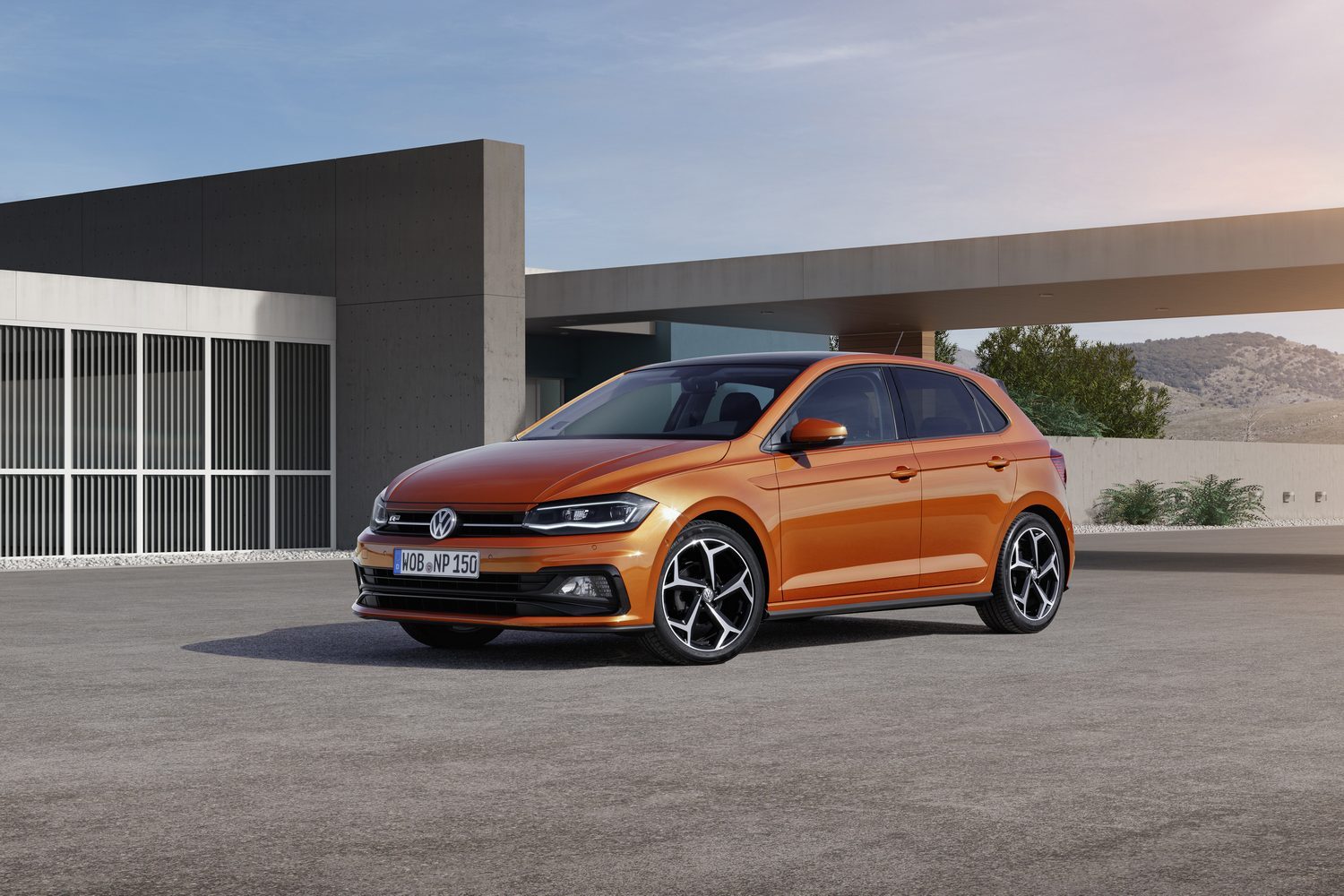
Then, in 2021, the car was updated with sharper body styling and more technology. A digital cockpit display arrived, along with new touchscreens.
And like so many of its modern predecessors, the Polo got a GTI version - this time with a 2.0-litre turbocharged engine and 207hp.
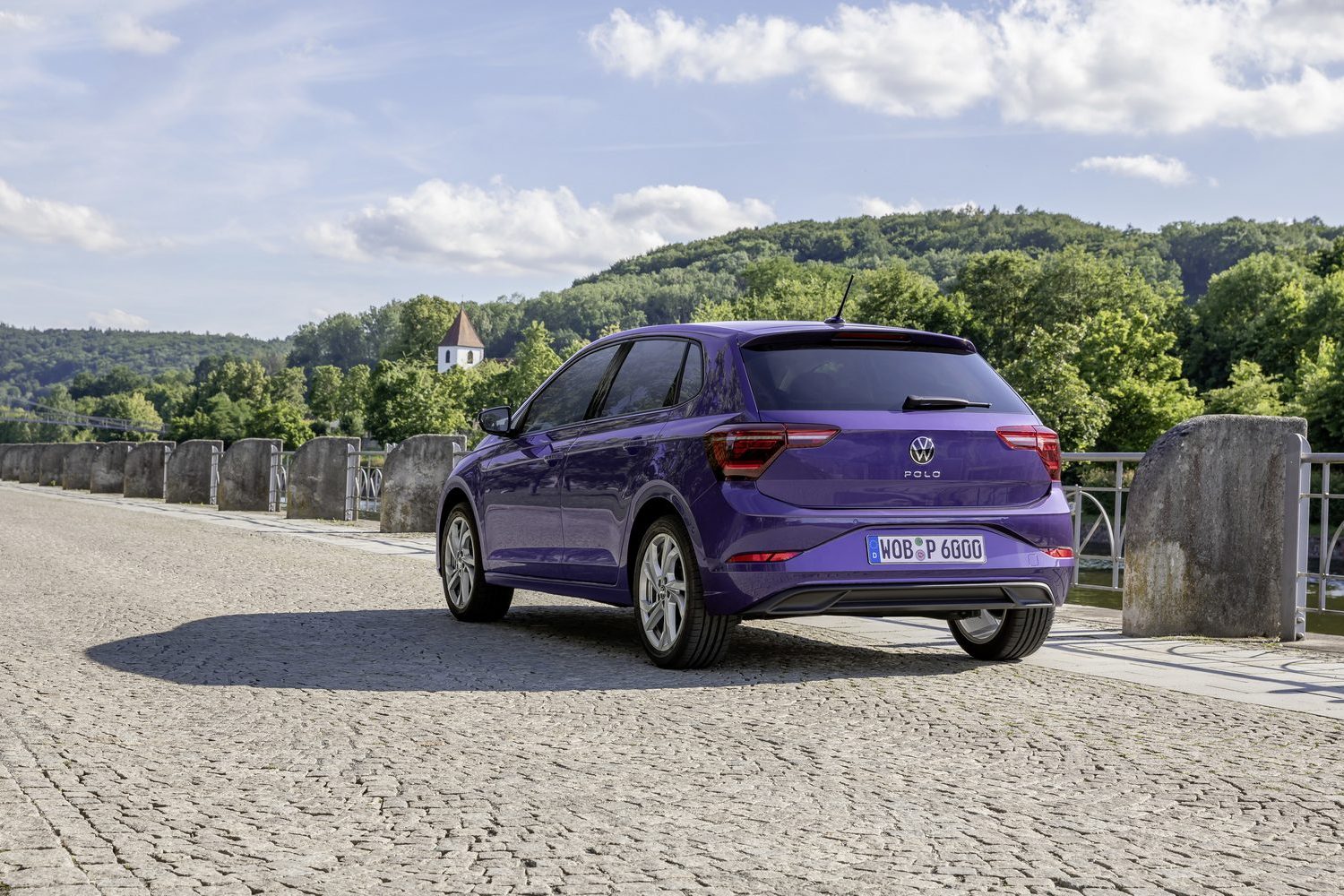
Even as we move towards an age of electrification of the car, we suspect the Polo has quite a few chapters in its story yet to tell.

